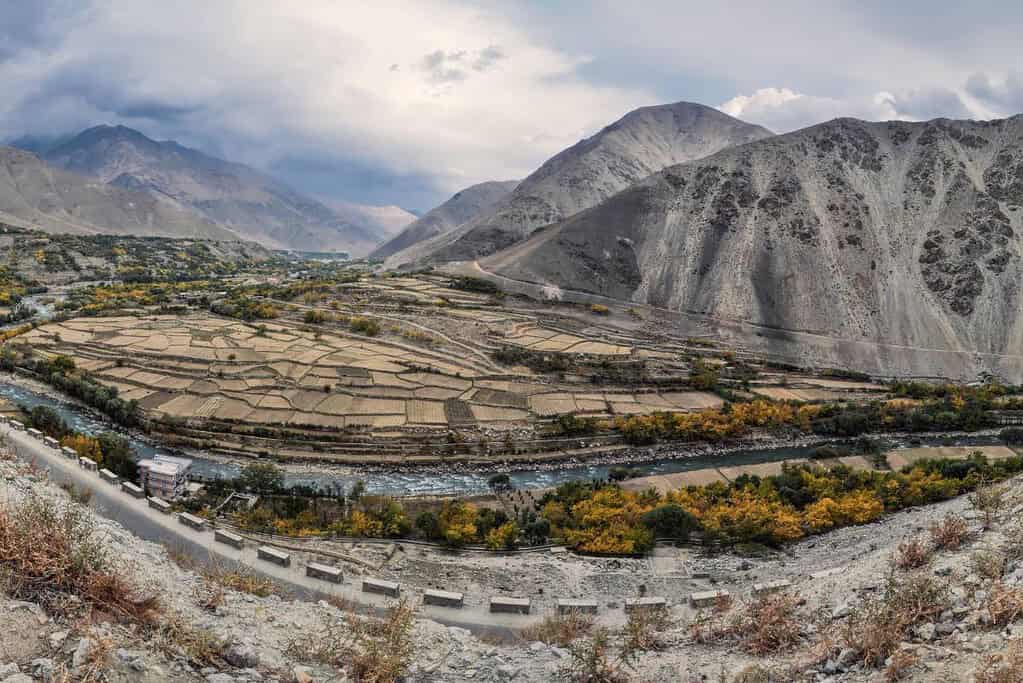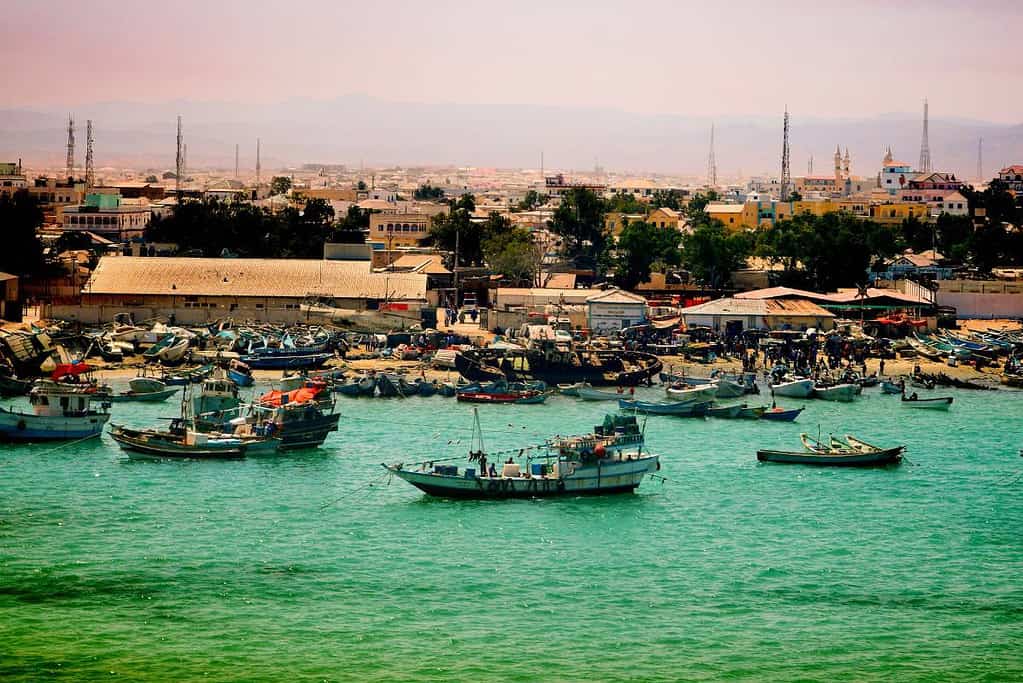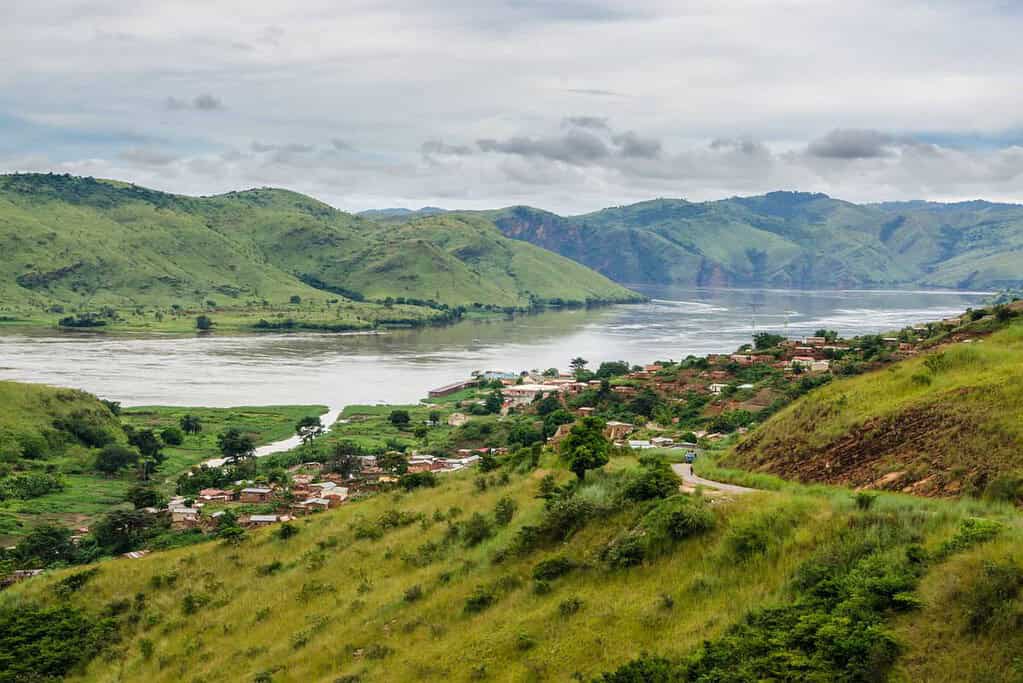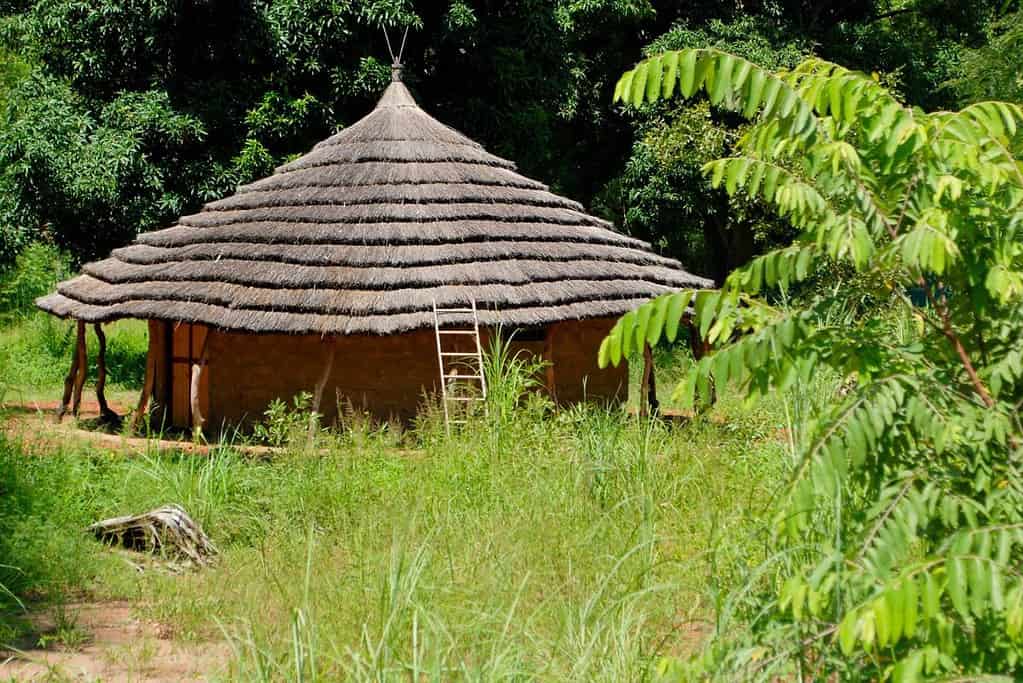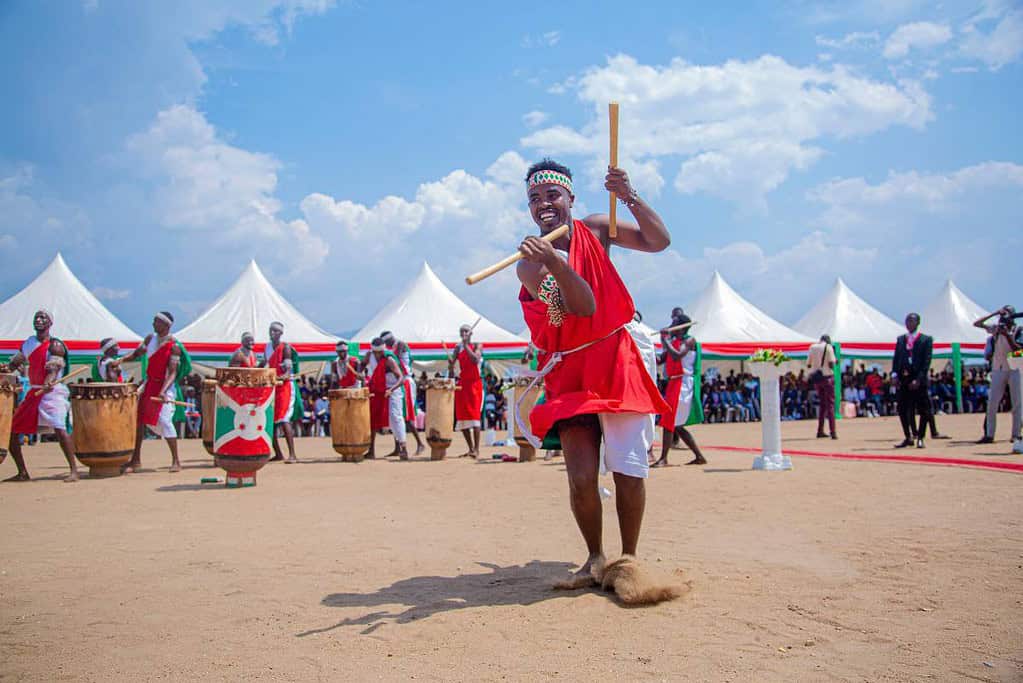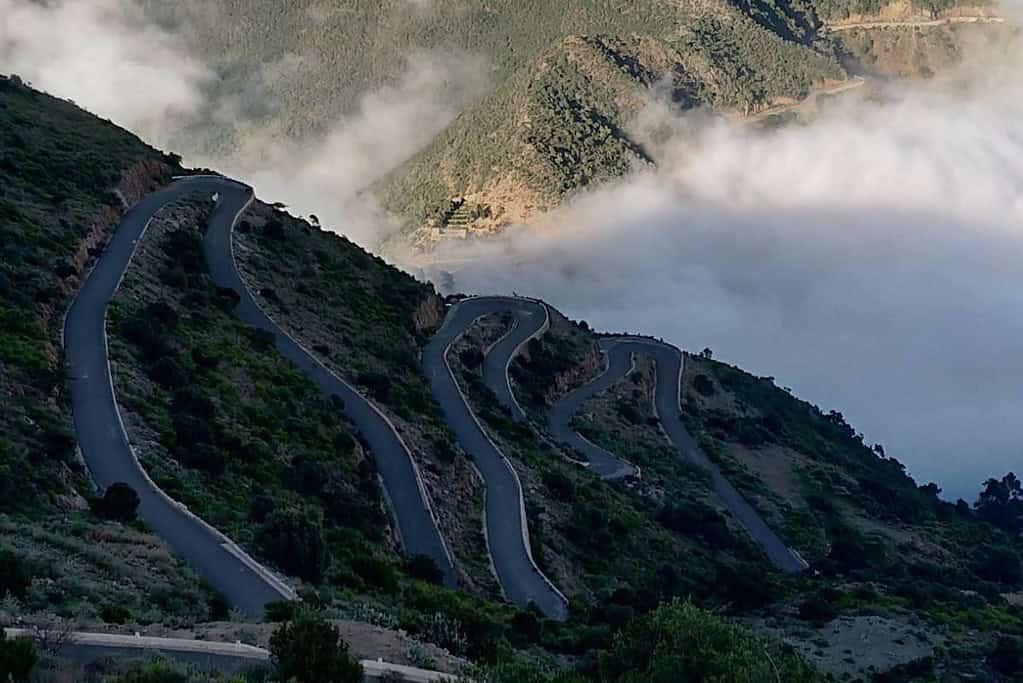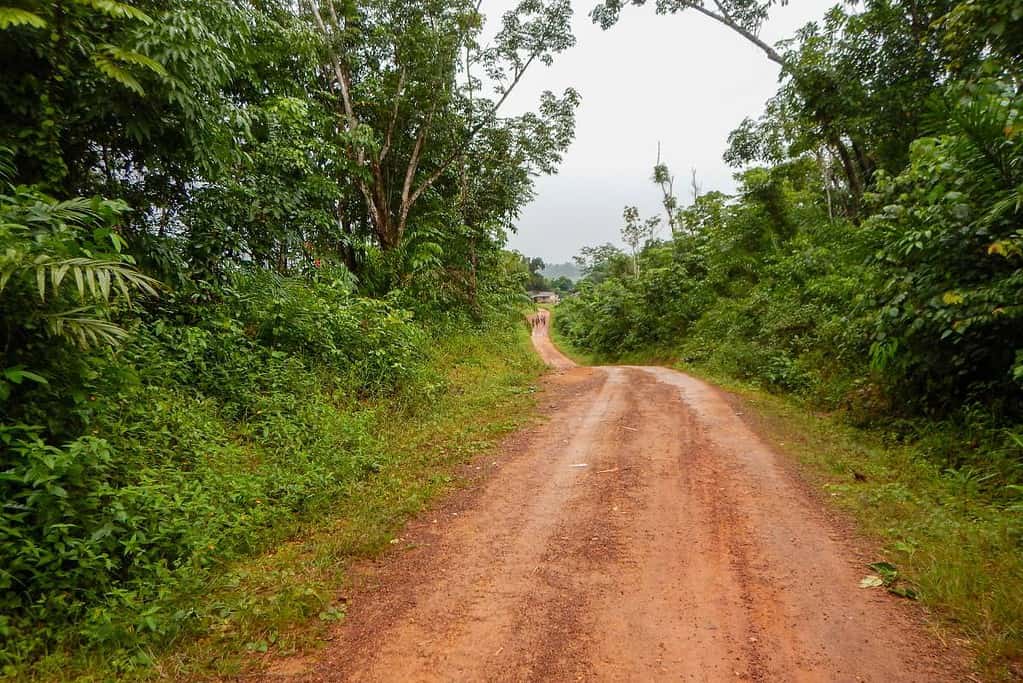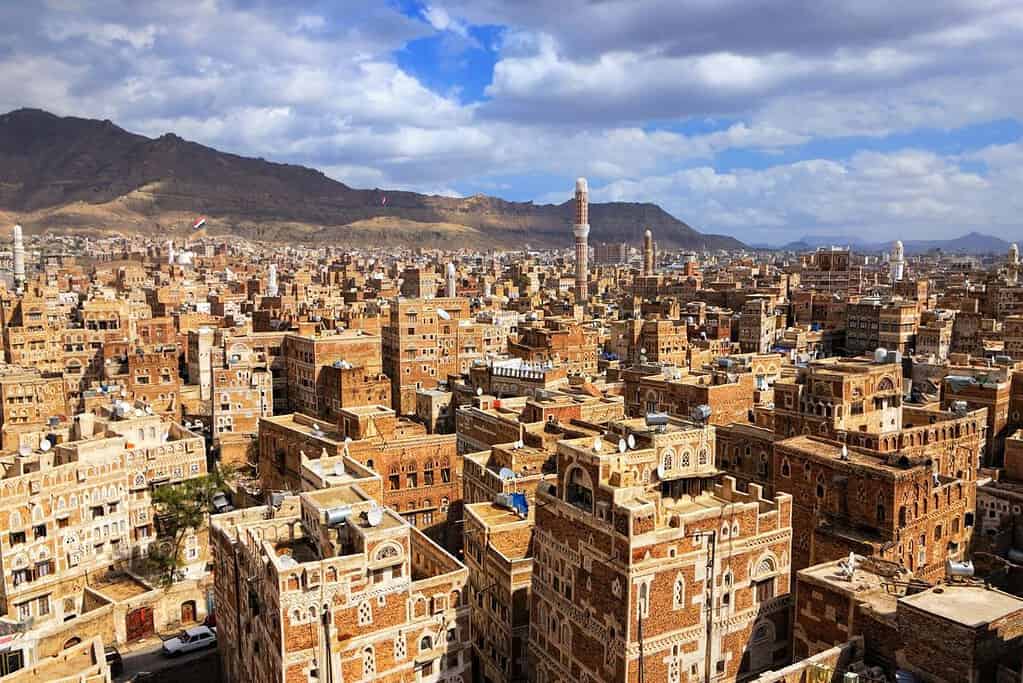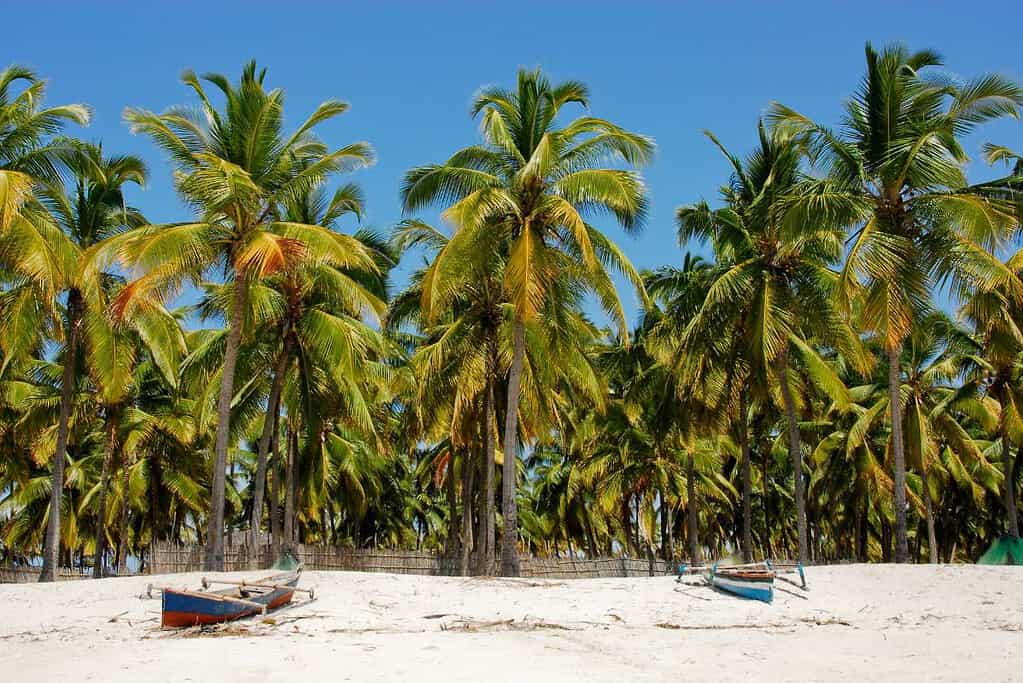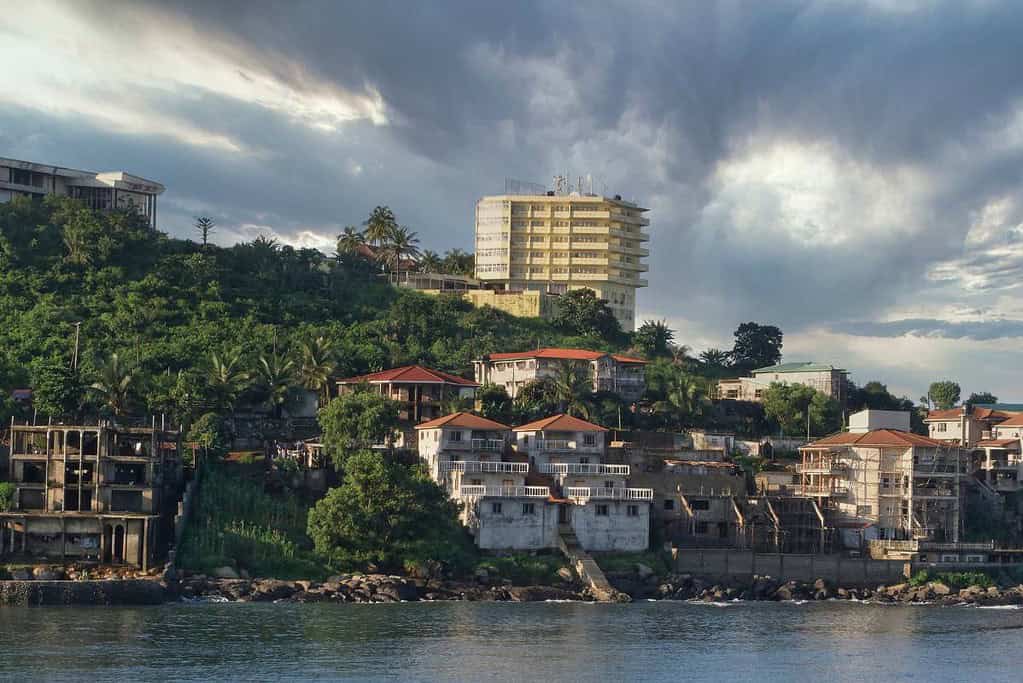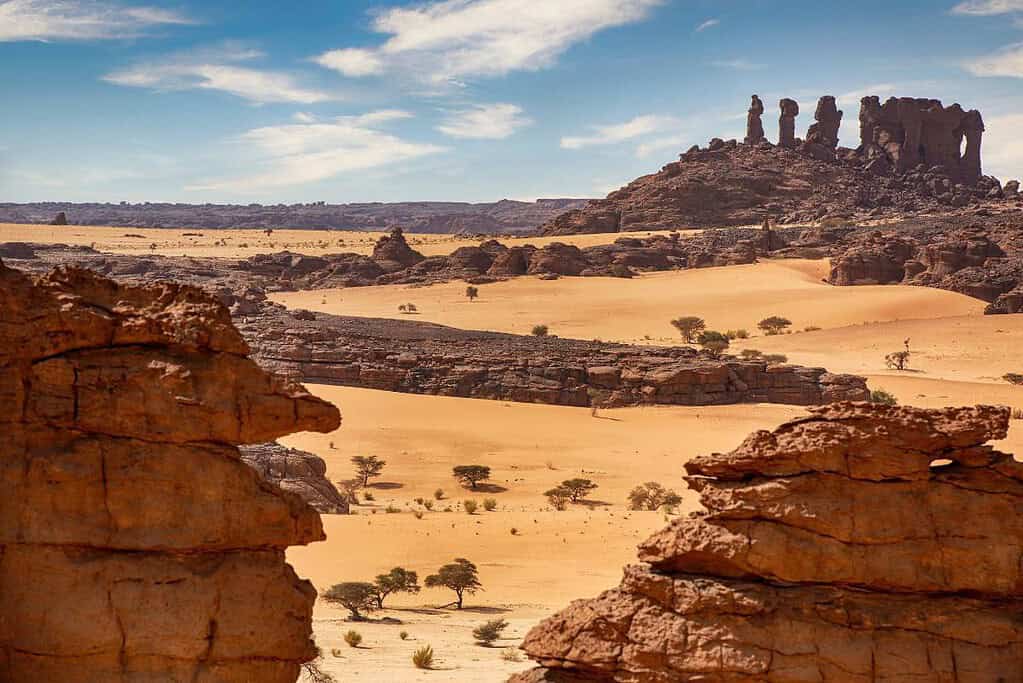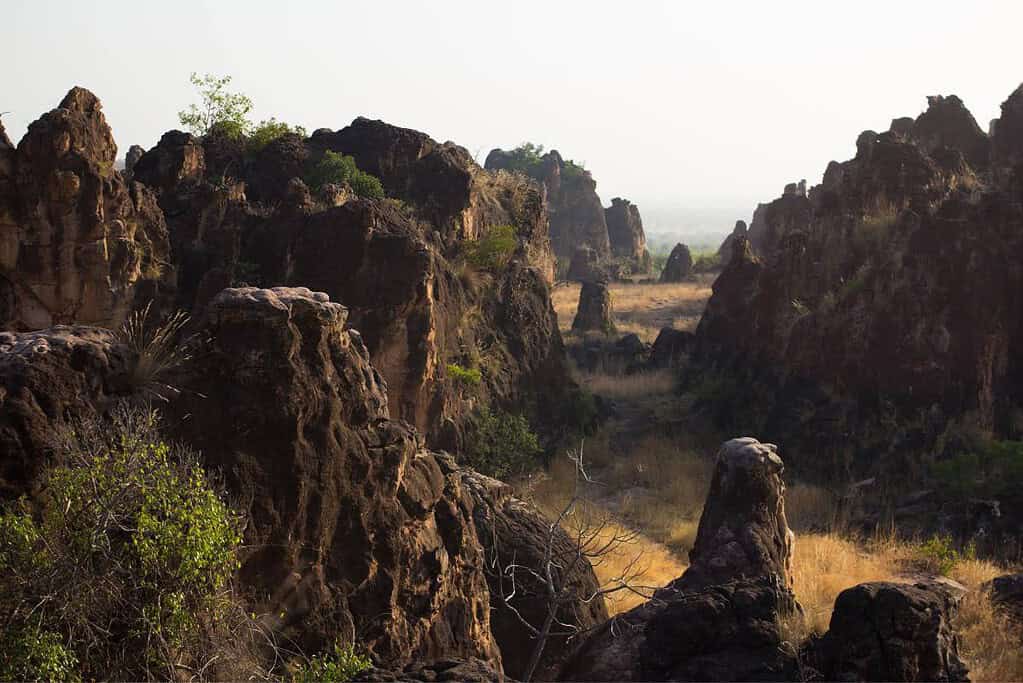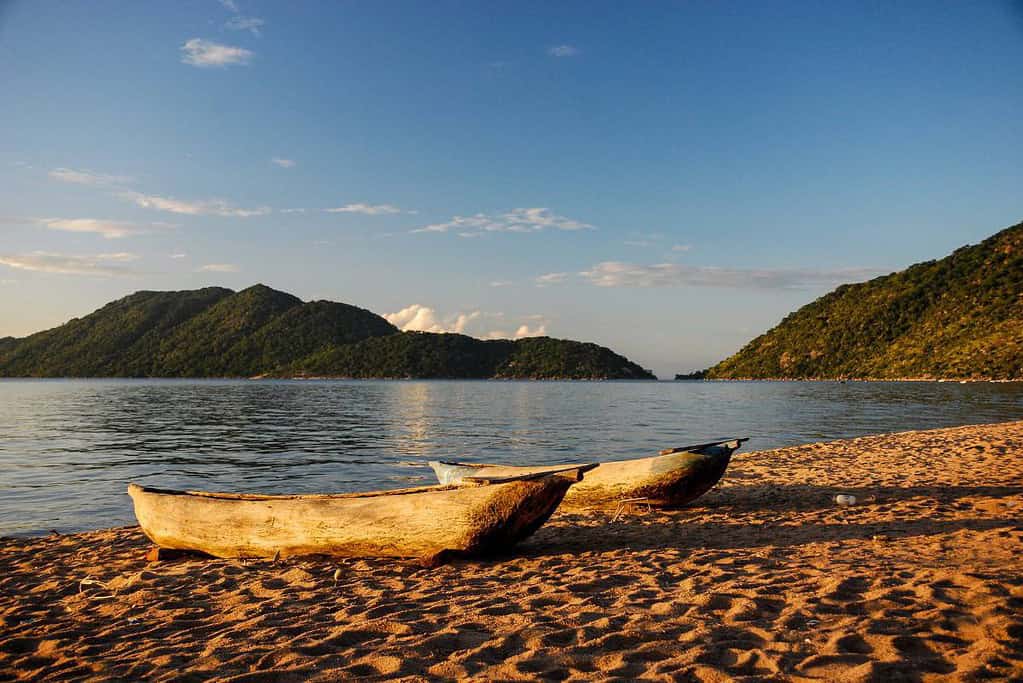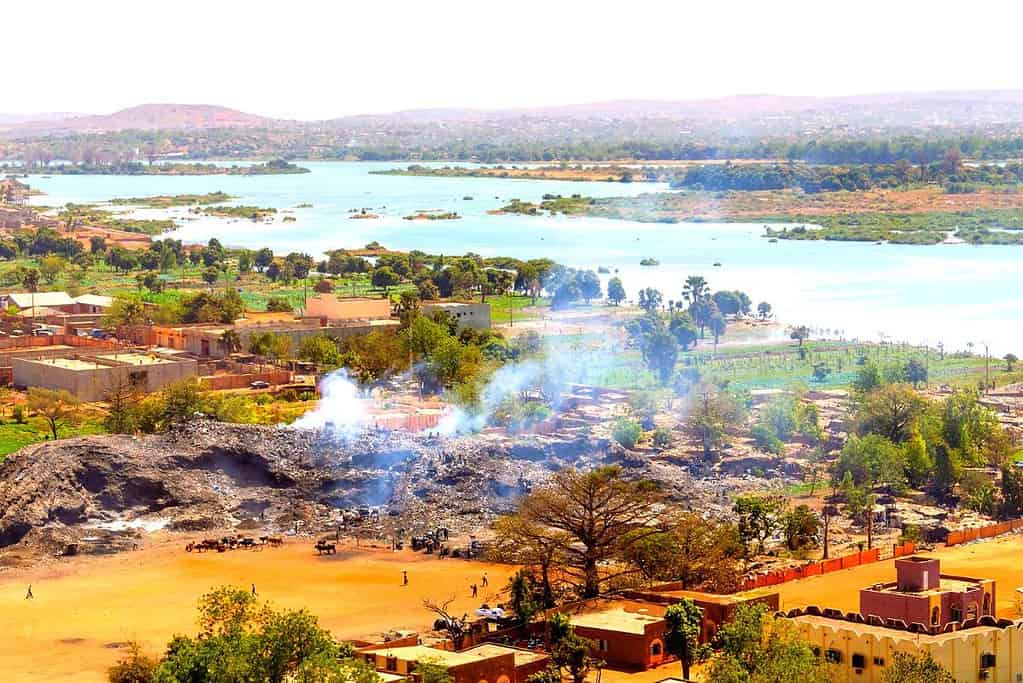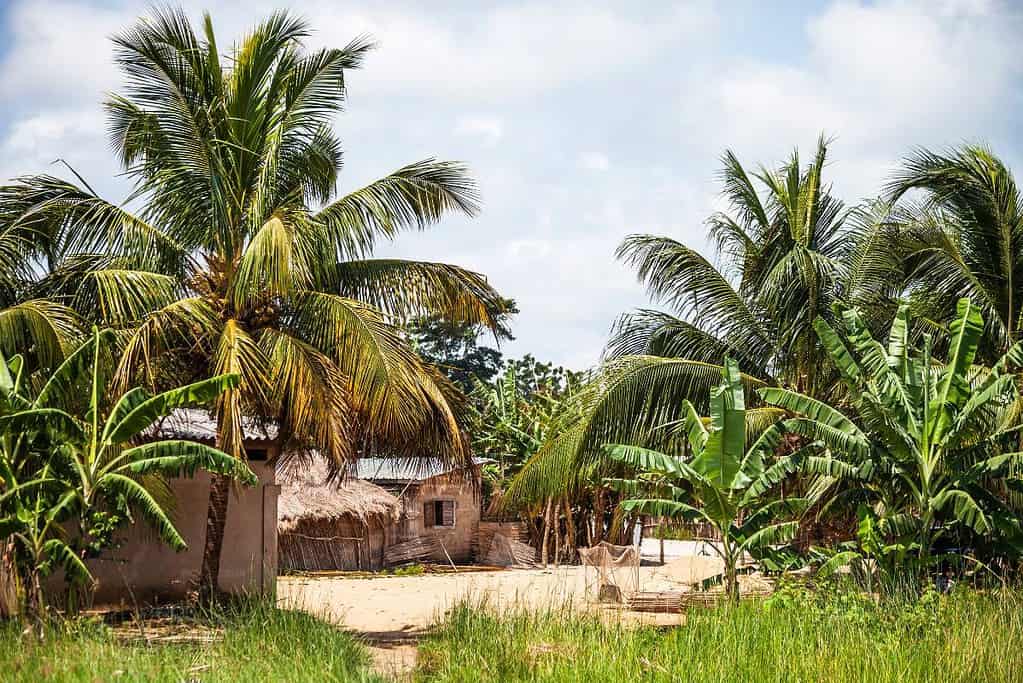20 Least Traveled Countries in the World
The least visited countries
Visiting the least visited countries in the world can offer a unique and off-the-beaten-path travel experience for those seeking adventure and cultural immersion. Travel trends often focus on the most visited countries in the World, but what about the least visited country in the world?
This comprehensive guide to the shines a light on those hidden-gem countries that see only a trickle of tourists each year. We’ll explore how tourism numbers have changed from 2004 to 2014 to 2025, reveal the 20 least traveled countries of 2025, and dive into why they receive so few visitors.
Table of Contents
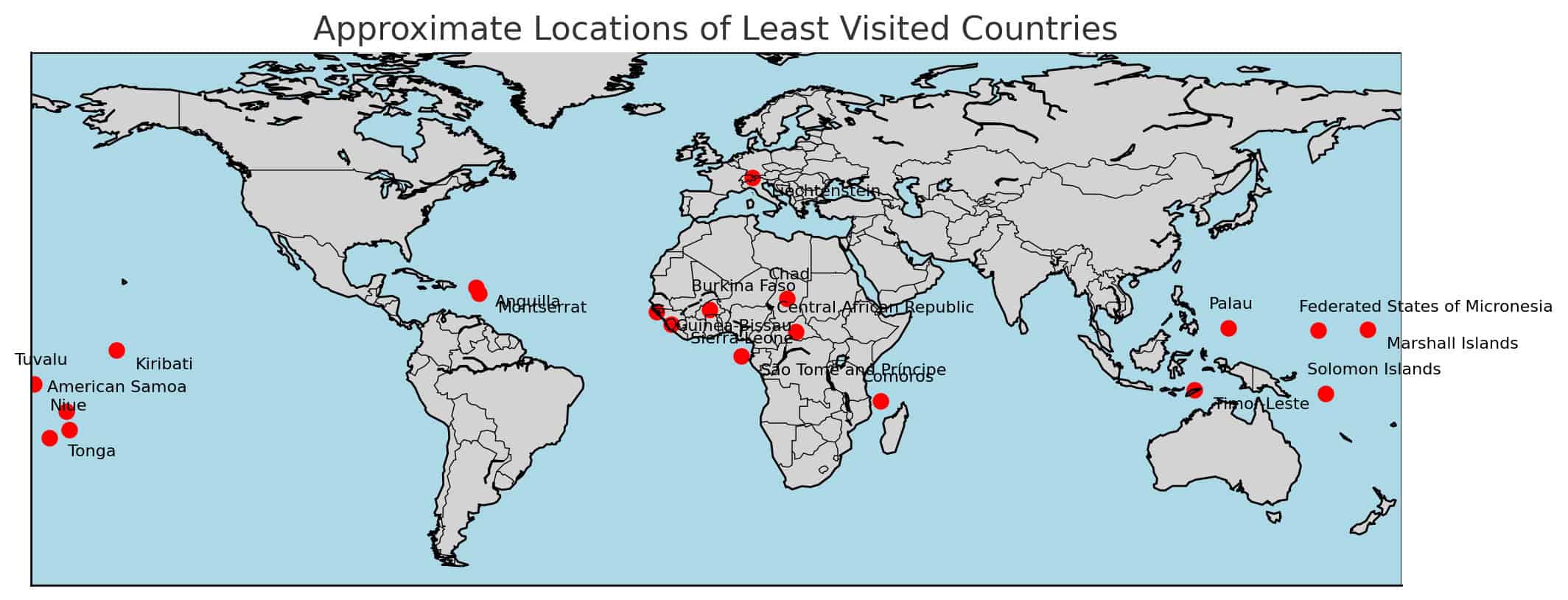
More importantly, we’ll give you compelling reasons to add these off-the-beaten-path countries to your bucket list, highlighting their top attractions, cultural insights, and practical travel logistics. Whether you’re an intrepid traveler seeking untouched destinations or just curious about these remote corners of the world, read on for an engaging journey through the globe’s least visited countries.
RJ Travel Podcast
Ready for an adventure? Tune in now and travel through the power of storytelling.
In this episode, we explore 20 of the countries with the least tourism, perfect for adventure-seekers who crave unique experiences, untouched landscapes, and rich cultures far from the tourist crowds.
Why You Should Explore the Unexplored
Here are five highlights of traveling to the world’s least visited countries:
- Unique Experiences: Discover hidden gems and experience local culture and customs in a unique, authentic way.
- Undiscovered Beauty: Explore unspoiled natural landscapes, with less development and more pristine beauty.
- Cultural Immersion: Gain a deeper understanding of the local culture through meaningful and authentic interactions with locals.
- Affordable Travel: Lower costs of living make travel more affordable and accessible for budget travelers.
- Off-the-Beaten-Path: Get off the well-trodden tourist path and discover new destinations that are often hidden from typical travelers.
In a world where social media floods us with glimpses of popular tourist destinations, there is something excitingly rebellious and genuinely fulfilling about seeking the unexplored. To truly embrace the spirit of adventure, you must consider journeying to the world’s least visited countries. These hidden gems, often overlooked, harbor unique experiences and opportunities to create memories that are not just your own, but also untouched by the regular traveler.
Unearth the Unique: Each visit to these rarely explored countries reveals a treasure chest of unique experiences. Stroll through small villages where traditions and customs have remained unchanged for centuries, allowing you to witness a different way of life. Partake in local festivities, sample exotic cuisine, or learn a few phrases of a new language; each experience offering a story waiting to be told.
- Central African Republic
- Afghanistan
- Burundi
- Eritrea
- Guinea
Discover Untouched Beauty: Away from the concrete jungles and crowded beaches, these countries offer unspoiled landscapes that promise awe-inspiring views. From lush green forests to tranquil beaches and towering mountains, you can witness nature in its most pristine form, making these destinations an ideal retreat for the nature lover in you.
- Democratic Republic of the Congo
- Mozambique
- Sierra Leone
- Malawi
- Benin
Immerse Yourself in Culture: Visiting the world’s least traveled countries offers opportunities for profound cultural immersion. You’ll have the chance to interact with locals, understanding their way of life, history, and traditions firsthand. This cultural exchange fosters a sense of global connection, transforming your travel journey into a voyage of human understanding.
- Somalia
- Liberia
- Yemen
- Togo
- Mali
Affordable Adventures: Given the lower costs of living and absence of mass tourism, travel in these countries can be surprisingly affordable. Modest accommodations, local eateries, and public transport are often less expensive than in popular tourist destinations, making your travel experience not only more authentic but also kinder to your wallet.
- South Sudan
- Rwanda
- Chad
- Burkina Faso
- Syria
Off the Beaten Path: Stepping off the well-trodden path, you’ll find yourself exploring places that many do not even know exist. This sense of discovery and adventure is intoxicating. It is the thrill of uncovering secrets that the world has kept hidden, making your journey an exciting narrative of exploration.
- Syria
- Yemen
- Guinea
- Mali
- Benin
So, why follow the crowd when you can pioneer a path of your own? Embrace the joy of discovery, the thrill of the unfamiliar, and the wealth of experiences that the least visited countries in the world offer. After all, the world is too vast and too beautiful to just visit the places everyone else does.
20 Least visited countries in the world historically
It’s difficult to determine the exact 20 least traveled countries in the world, as the number of annual tourists can fluctuate from year to year. However, based on available data, some unknown countries in the world have historically received fewer tourists include:
Quick country information
| Country | Population (Approx) | Capital City |
|---|---|---|
| Central African Republic | 4.7 million | Bangui |
| Afghanistan | 38 million | Kabul |
| Somalia | 15 million | Mogadishu |
| Democratic Republic of the Congo | 87 million | Kinshasa |
| South Sudan | 11 million | Juba |
| Burundi | 12 million | Bujumbura |
| Eritrea | 3.2 million | Asmara |
| Liberia | 5 million | Monrovia |
| Syria | 17 million | Damascus |
| Yemen | 29 million | Sana'a |
| Mozambique | 31 million | Maputo |
| Sierra Leone | 7.9 million | Freetown |
| Chad | 16 million | N'Djamena |
| Guinea | 13 million | Conakry |
| Rwanda | 13 million | Kigali |
| Togo | 8.6 million | Lomé |
| Burkina Faso | 20 million | Ouagadougou |
| Malawi | 20 million | Lilongwe |
| Mali | 20 million | Bamako |
| Benin | 12 million | Porto-Novo |
Comparative Tourism Trends for the Unknown Countries in the World
International tourism has grown enormously in the past two decades – from 760 million arrivals in 2004 to 1.5 billion in 2019 globally (Analyzing Tourism Traffic | Development Asia). Yet, many countries have seen relatively little tourist traffic, due to factors like remoteness, conflict, or limited infrastructure. The table below compares estimated international arrivals for several of the world’s least visited countries in 2004, 2014, and 2024 (or latest data):
| Country | Arrivals (2004) | Arrivals (2014) | Arrivals (2024) |
|---|---|---|---|
| Tuvalu | 1,300 | 1,400 | ~3,700 (2023) |
| Marshall Islands | 9,000 | 4,900 | ~6,100 (2023) |
| Niue | <500 (est.) | ~9,300 (est.) | ~10,200 (2023) |
| Kiribati | 63,900 | 8,300 | ~2,000 (Least Visited Countries 2024) (2022) |
| Federated States of Micronesia (FSM) | 19,300 | 35,400 | ~18,000 (2019) |
| Montserrat | ~0 (volcano) | ~8,000 (est.) | ~19,300 (adventure - What is the LEAST visited country by tourists? - Travel Stack Exchange) (2019) |
| Solomon Islands | 5,600 | 20,100 | ~28,900 (2019) |
| São Tomé & Príncipe | ~5,000 (est.) | ~12,000 (est.) | ~34,900 (Revealed: Here are the least-visited countries in the world, 2024 - CEOWORLD magazine) (2019) |
| Comoros | 23,300 | 22,800 | ~45,100 (2019) |
| Guinea-Bissau | ~6,000 (est.) | 36,100 | ~52,400 (2019) |
| American Samoa | ~20,000 (est.) | ~40,000 (est.) | ~58,600 (2019) |
| Sierra Leone | ~2,000 (est.) | 44,000 2014 | |
| Chad | 26,000 | 119,000 | ~81,000 (Chad - International tourism, number of arrivals) (2019) |
| Timor-Leste | ~5,000 (est.) | ~60,000 (est.) | ~74,800 (East Timor - International Tourism, Number Of Arrivals) (2019) |
| Central African Rep. | ~10,000 (est.) | 95,700 | ~87,000 (International tourism, number of arrivals - World Bank Open Data) (2019) |
| Tonga | 51,000 | 50,400 (Tonga - International tourism 2022 - countryeconomy.com) | ~94,000 |
| Palau | ~85,000 (est.) | 140,000 ([Palau - International tourism 2020 | |
| Liechtenstein | ~60,000 (est.) | ~79,000 (2017) | |
| Burkina Faso | 222,000 (Burkina Faso - International tourism 2018 - countryeconomy.com) | 191,000 | |
| Anguilla | 62,000 (Anguilla tourism up by 19 pct - Breaking Travel News) | ~70,000 (est.) | ~166,000 (2019*) |
Sources: UNWTO Yearbook of Tourism Statistics and national tourism authorities. (Note: 2024 figures are provisional or latest available, often 2019 pre-pandemic data. *Anguilla’s 166k includes day-trip visitors (Revealed: Here are the least-visited countries in the world, 2024 – CEOWORLD magazine).)
Key trend takeaways:
- Many of these countries saw little growth between 2004 and 2014. For example, Tuvalu hovered around only ~1,300–1,400 visitors per year in that decade.
- Some experienced declines by 2014 due to disruptions. The Marshall Islands dropped from ~9,000 in 2004 to under 5,000 by 2014, and Kiribati plummeted from ~64k in 2004 (due to a one-time event) to just 8k by 2014.
- Before COVID-19, several were finally rising. By 2019, countries like Solomon Islands, São Tomé & Príncipe, Comoros, and Guinea-Bissau hit record highs – still modest at a few tens of thousands of tourists but an improvement.
- The pandemic in 2020 wiped out years of growth. Many of these destinations closed borders entirely and are only slowly reopening. For instance, Kiribati had just ~2,000 visitors in 2022 (down from 12k in 2019) and Niue only 610 in 2021.
- Despite low numbers, these countries often offer unspoiled environments and unique cultures. Next, we’ll identify the current least visited nations and delve into the reasons behind the low tourism – and why that shouldn’t deter you from visiting!
20 Least Traveled Countries in 2024 (Ranked)
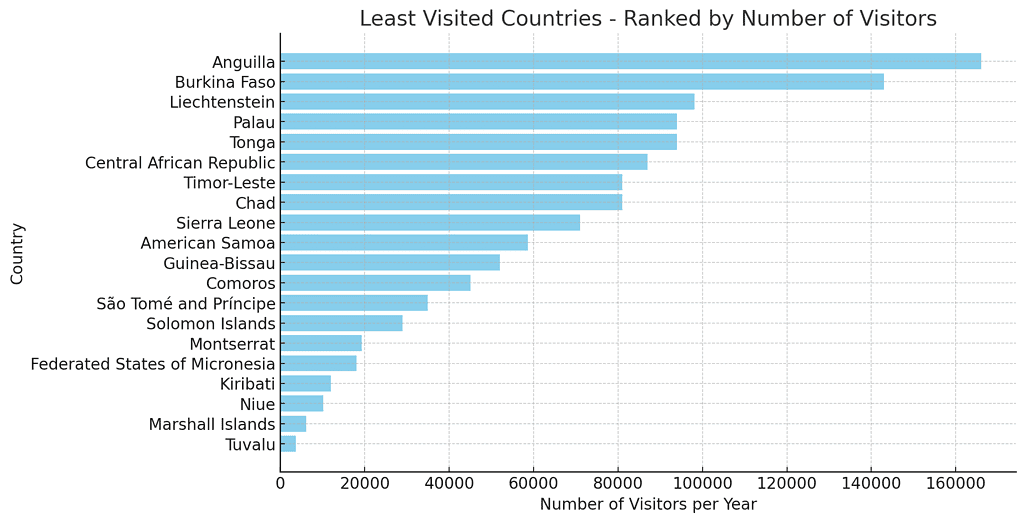
20 least-visited countries
According to the latest available tourism statistics (as of 2023/24), the following are the world’s 20 least-visited countries. The list is ranked by annual international tourist arrivals:
- Tuvalu – ~3,700 visitors
- Marshall Islands – ~6,100 visitors
- Niue – ~10,200 visitors
- Kiribati – ~12,000 visitors
- Federated States of Micronesia – ~18,000 visitors
- Montserrat – ~19,300 visitors
- Solomon Islands – ~29,000 visitors
- São Tomé and Príncipe – ~34,900 visitors
- Comoros – ~45,000 visitors
- Guinea-Bissau – ~52,000 visitors
- American Samoa – ~58,600 visitors
- Sierra Leone – ~71,000 visitors
- Chad – ~81,000 visitors
- Timor-Leste – ~81,000 visitors
- Central African Republic – ~87,000 visitors
- Tonga – ~94,000 visitors
- Palau – ~94,000 visitors
- Liechtenstein – ~98,100 visitors
- Burkina Faso – ~143,000 visitors
- Anguilla – ~166,000 visitors
(Source: UNWTO and national tourism data compiled in 2023 (Revealed: Here are the least-visited countries in the world, 2024 – CEOWORLD magazine).
As we can see, even the most “visited” of the least visited (like Anguilla or Burkina Faso) barely exceed 150k tourists annually – a tiny number compared to top destinations like France (~90 million) or Italy. The top 10 least visited countries on this list each receive fewer than 50,000 travelers per year, and the top 5 least known countries are all under 20k. These are places where you won’t be waiting in tourist lines or jostling for a selfie spot!
Why do so few people visit these countries? And what makes these places special despite (or because of) the low arrival numbers? Let’s explore each country in detail – uncovering the reasons for low tourism, the hidden treasures that await adventurous visitors, the must-see destinations, and how to actually get there.
Note: It’s important to note that these countries may have limited infrastructure and safety concerns, which can make travel challenging or even dangerous. It’s always a good idea to research the specific conditions and risks of a destination before planning a trip.
Tuvalu is a remote Polynesian nation of nine tiny atolls in the Pacific Ocean. With only 3,700 visitors in 2023, it’s officially the least visited country on Earth. What Tuvalu lacks in tourist numbers, it makes up for in authenticity and a peaceful way of life that has barely changed in decades.
Reasons for Low Tourism in Tuvalu:
- Geographic Isolation – Tuvalu is extremely remote, lying roughly halfway between Hawaii and Australia. It has no direct flights from major hubs; the only regular service is a twice-weekly propeller plane from Fiji (and even that can be unreliable). The time and expense to get there deter many travelers.
- Limited Infrastructure – The country is very small (all land totals 26 km²) with few hotels or tourist facilities. Funafuti, the capital atoll, has a couple of guesthouses, but luxuries like resorts, shopping, or fine dining are nonexistent. This rustic setup appeals to backpacker types but not mainstream tourists.
- Environmental Vulnerability – Tuvalu is one of the lowest-lying nations, with most land barely 2-3 meters above sea level. It faces serious threats from climate change and rising seas. Occasional king tides flood parts of the islands, which can disrupt visits. (Paradoxically, this looming threat also inspires some intrepid travelers to visit “before it disappears”.)
Why Visit Tuvalu:
- Unspoiled Atolls – Experience pristine lagoons and reefs with virtually no other tourists around. Snorkeling or scuba diving in Tuvalu’s clear waters, you’ll have vibrant coral gardens all to yourself. The Funafuti Conservation Area protects several islets and reef systems teeming with tropical fish.
- Authentic Culture – Tuvaluan culture remains strong and welcoming. Visitors can witness community events like evening te ano (ball) games or lively fatele dances, and interact with locals who are genuinely curious about outsiders. With only ~11,000 inhabitants, it’s a close-knit society with rich Polynesian traditions.
- Digital Detox & Serenity – Tuvalu offers a rare chance to completely unplug. There are no crowds, no traffic (only a handful of cars), and limited internet. Life moves at a slow pace. Travelers often find the seclusion and simplicity to be deeply rejuvenating – it’s the ultimate escape from modern stress.
Top 7 Destinations in Tuvalu:
- Funafuti Atoll & Conservation Area – Tuvalu’s capital atoll features the only urban center (Vaiaku) and the airport (with its runway doubling as a playground when no flights arrive). Offshore, a marine conservation area covers 33 sq km of lagoon, reef, and islets), offering world-class snorkeling amid colorful corals, sea turtles, and reef sharks. You can boat to uninhabited islets like Tepuka and go for a picnic on your own private sandbank.
- Funafuti Marine Conservation Area Islands – Specifically, Motuloa, Tepuka, and Fuafatu islets within the protected area are stunning. Motuloa has a WWII aircraft wreck in the shallows, a relic from when American forces had an airbase on Funafuti (1943). Tepuka’s lush vegetation and white sands are the picture of a Pacific paradise.
- Te onepati (Funafuti Lagoon Beach) – The western shore of Funafuti Island has a long stretch of lagoon-side beach. At sunset, locals gather here to play games and socialize. It’s a great spot to join a pickup game of volleyball or watch an impromptu kirikiti (local cricket) match. The sight of the sun sinking into the calm lagoon is unforgettable.
- Philatelic Bureau in Funafuti – Tuvalu is famous among stamp collectors for its colorful postage stamps (a key revenue source). The Philatelic Bureau, next to the main post office, is a quirky stop where you can buy commemorative stamps featuring everything from marine life to Tuvalu’s UN admission in 2000. It’s a small but interesting cultural footnote, reflecting Tuvalu’s creative economy.
- Nanumaga – One of the outer islands (accessible by occasional inter-island boat), Nanumaga is known for the legend of an underwater cave discovered by divers in 1986 with signs of ancient habitation. Locals call it “Te Ana o Tagata” (Cave of People). It suggests Polynesians may have lived here over 8,000 years ago – a fascinating mystery for history buffs.
- Nanumea Atoll – The northernmost atoll, Nanumea, has historic significance as a WWII site. In 1943 it was used by Allied forces; you can still find the wreckage of a crashed American B-24 bomber in the swamp, and remnants of war bunkers. Nanumea also has beautiful traditional meeting houses and is famed for its skilled canoe builders.
- Nukufetau Atoll – Another outer atoll with postcard-perfect scenery: think turquoise lagoon and coconut palm islets. Nukufetau also had an Allied airfield in WWII – one of its islets, Motulalo, was essentially turned into a runway. Today it’s a quiet village island where one can relax, bird-watch, and imagine wartime history amid peaceful surroundings.
Travel Logistics for Tuvalu:
Best Time to Visit: Tuvalu’s climate is hot and tropical year-round. The dry season (May to October) is the best time to visit, with slightly cooler temperatures and less rainfall. November to April is wetter and prone to cyclones (and extremely high tides). For calm seas (important if you plan to boat to outer islands) and events like local Independence celebrations, aim for August–September.
Getting There: The only practical way to reach Tuvalu is by air from Fiji. Fiji Airways operates flights (typically twice a week) from Suva or Nadi to Funafuti International Airport (FUN) – basically a paved strip on Funafuti. Keep in mind flights can be canceled or delayed due to weather or maintenance, so flexibility is key. Alternative access by sea is very limited; occasionally there are cargo/passenger ships from Fiji or nearby atolls, but no regular cruise or ferry service for tourists.
Visa Requirements: Tuvalu is fairly open – visa-free or visa on arrival entry is offered to citizens of most countries for stays up to 30 days. Always check the latest, but currently Americans, EU citizens, Brits, Australians, Canadians, and many others simply get a stamp on arrival (a novelty in itself, as Tuvalu’s stamp is rare!). No special permits are needed to visit outer islands, but it’s courteous to inform the local leaders on arrival.
The Marshall Islands, a sprawling chain of 29 atolls and 5 islands in Micronesia, welcomed just over 6,000 visitors in 2023. Scattered across a vast area of ocean, the Marshalls are hard to reach – but intrepid travelers are rewarded with pristine atolls, world-class diving, and a deep World War II legacy few have experienced. The capital, Majuro, is the main gateway, but the real treasures lie farther afield.
Reasons for Low Tourism in Marshall Islands:
- Remote Location – Like Tuvalu, the Marshalls are extremely remote. They sit in the central Pacific, thousands of kilometers from any major continent. Only a few flights a week connect the capital Majuro with Fiji, Hawaii, or Guam. Travel between atolls is mostly by cargo ship or tiny planes, making island-hopping difficult.
- Limited Tourist Infrastructure – Outside Majuro and possibly Ebeye (Kwajalein), facilities are sparse. There are only a couple of hotels on Majuro and virtually none on outer atolls except dive liveaboards. Restaurants, tours, and amenities for tourists are minimal. This lack of infrastructure keeps mass tourism away.
- Nuclear Testing Legacy – The Marshall Islands were the site of U.S. nuclear tests in the 1940s–50s (most famously at Bikini Atoll, 1946–1958). Though Bikini has been declared safe for carefully managed visits, lingering radiation concerns and the story of forced relocations have given the Marshalls a daunting image. Many travelers simply don’t consider it a leisure destination, associating it only with nuclear history.
Why Visit Marshall Islands:
- Bikini Atoll Diving – Despite its dark history, Bikini Atoll today is a holy grail for wreck divers. The sunken fleet of warships from the 1946 atomic tests (including the USS Saratoga aircraft carrier and the HIJMS Nagato, once Admiral Yamamoto’s flagship) form an underwater museum. Experienced divers can explore these ghostly giants now colonized by coral – a surreal blend of history and nature.
- Untouched Beaches – The Marshalls boast some of the most idyllic, empty beaches in the Pacific. Atolls like Aur, Maloelap, or Arno offer powdery white sands and crystal-clear lagoons with virtually no one else around. It’s the ultimate castaway experience – you can play Robinson Crusoe on your own private isle.
- Unique WWII and Cold War History – History buffs will be fascinated by sites beyond Bikini too. On Majuro, you can visit the Peace Park Memorial for WWII, and on Kwajalein Atoll (requires permission due to the US military base) there are remnants of Japanese fortifications. The local museums contain compelling artifacts and personal stories from WWII and the nuclear era that you won’t find anywhere else.
- Rich Marine Life – The atoll lagoons teem with life. Divers and snorkelers can encounter sharks, manta rays, and flourishing coral reefs in spots like Ailinglaplap or Rongelap. The lack of fishing pressure in many atolls means marine populations have recovered, offering chances to see massive schools of pelagic fish and healthy shark populations. The Marshalls are also known for deep-sea fishing (Majuro hosts an annual international fishing tournament).
- Marshallese Culture – The Marshallese maintain a proud culture known for navigation and weaving. Traditional navigation by the stars and stick charts was once how people voyaged between atolls. You can see beautiful handmade rebro (woven mats) and juk (hats and baskets) crafted from pandanus and coconut fiber. Visiting a local community, you might witness a jale (chant) or learn about the bwebwenato storytelling tradition from elders.
- Stargazing & Nature – With minimal light pollution on outer islands, the night skies are phenomenal. Imagine lying on a beach on Arno Atoll, with the Milky Way blazing overhead and the sound of gentle waves – pure magic. Additionally, atolls like Jaluit are designated Ramsar Wetlands, hosting rare birds and a tranquil environment for nature lovers.
- Friendly People – The Marshallese are warm, resilient people who often greet visitors with curiosity and kindness. English is widely spoken (alongside Marshallese), making it easier to connect. A small number of tourists means you’ll be treated as a guest rather than just another visitor. Many who travel here develop personal connections and enjoy the genuine hospitality extended to newcomers.
Top 7 Destinations in Marshall Islands:
- Majuro Atoll – The capital atoll isn’t scenic compared to outer islands, but it’s culturally interesting. Explore the Alele Museum in Delap, which showcases Marshallese history, traditional tools, and the story of the nuclear tests. Stroll the Likiep Village area to see one of the oldest churches (1904) and German colonial buildings (from the late 19th century). Don’t miss Laura Beach on the western end of Majuro – a decent beach and picnic spot popular with locals on weekends.
- Bikini Atoll – Now a UNESCO World Heritage Site (inscribed 2010) for its nuclear test legacy, Bikini can be visited by organized dive charters. Aside from the extraordinary wreck dives, visitors can see places like Bikini Island (former village site, still mostly abandoned) and the bunkers and observation towers used during tests. The atoll’s lagoon, ironically, has become a thriving marine sanctuary after decades of no fishing. (Note: Visits require special arrangements and radiation safety briefings.)
- Arno Atoll – Just 20 km from Majuro (and reachable by small boat or plane), Arno offers a quick escape to a more traditional Marshallese life. It’s known for its lovely lagoon for snorkeling, quiet villages, and bikini (no relation to the atoll) – a local fermented toddy drink. Arno is also famous in Marshallese lore as the home of legendary poet-singer Langidrik. A day trip here gives you a taste of outer island tranquility without venturing too far.
- Kwajalein Atoll – The world’s largest coral atoll surrounds a huge lagoon. It hosts a U.S. military base, so independent travel is tricky (permission required). However, if you can visit, Kwajalein Island has WWII memorials and a small museum. More freely accessible is Ebeye Island, the Marshallese-populated isle nicknamed the “ghetto of the Pacific” for its dense population – a striking contrast to the emptiness elsewhere. Ebeye’s friendly residents, church choirs, and lively basketball games show urban Marshallese life.
- Mili Atoll – This southern atoll was a Japanese base in WWII and is littered with relics: plane wrecks in the jungle, anti-aircraft guns, and even the remains of a small submarine. Nature is reclaiming these artifacts, making for fascinating hikes. Mili also has picture-perfect beaches and a reputation for excellent snorkeling, with turtles and rays in its lagoon. It’s remote, with one small guesthouse, giving a real sense of discovery.
- Jaluit Atoll – Jaluit was the administrative center during the German and Japanese colonial periods. Jabor, the main settlement, has historical ruins like the old Japanese communications center. Jaluit Atoll is a designated conservation area, great for birdwatching (it’s home to Micronesian pigeons and other seabirds). The Jaluit Atoll Conservation Area also protects marine life – snorkelers might see giant clams and manta rays. History note: Jaluit was where Japan first raised its flag in the Marshalls in 1914 (look for the memorial marker).
- Ailinglaplap Atoll – Birthplace of notable figures like the country’s first president, this atoll is known for its beautiful pandanus mats and handicrafts. It’s quintessential Marshall Islands: calm turquoise lagoons, breadfruit and pandanus trees, and quiet village life. If you visit, you can meet local weavers in Woja or Jeh villages. Ailinglaplap’s small airstrip gets occasional Air Marshall Islands flights – landing on a coral runway is an adventure in itself!
Travel Logistics for Marshall Islands:
Best Time to Visit: The climate is tropical marine. December through April is generally drier and considered the best time – you’ll avoid the heaviest rains and hotter doldrums of summer. May to November is the rainy season and typhoon season (though major cyclones are rarer this close to the Equator). If diving Bikini, operators typically run trips in June-July when seas are calmer. Also, keep in mind the Majuro Billfish Club Tournament in July and the Liberation Day celebrations in late September on Majuro, which can be interesting events to catch.
Getting There: The Marshall Islands’ main entry point is Majuro International Airport (MAJ). United Airlines operates a notorious “Island Hopper” route (Air Micronesia) that connects Honolulu–Majuro–Kwajalein–Kosrae–Pohnpei–Chuuk–Guam twice weekly. Flights from Fiji (Nadi) to Majuro via Kiribati on Fiji Airways have been intermittent. Reaching Bikini or outer atolls requires additional travel – either domestic flights on Air Marshall Islands (to a handful of atolls, often unreliable schedules) or boat charters. Some liveaboard dive boats cover Bikini in summer months. Logistics require patience and backup plans.
Visa Requirements: The Marshall Islands offers visa on arrival for 30 days to most nationalities (including US, EU, UK, Canada, Australia, New Zealand, Japan, etc.), provided you have an onward ticket. A $100 tourist entry fee may apply (often included in airfare). Note that if you plan to visit Kwajalein (US base) you need prior authorization. Bikini Atoll visits are usually arranged via tour operators who handle permissions.
Niue is a raised coral atoll in the South Pacific – one of the world’s smallest countries by population (~1,600 people). Often called the “Rock of Polynesia,” Niue saw about 10,000 visitors a year pre-pandemic (Revealed: Here are the least-visited countries in the world, 2024 – CEOWORLD magazine) (only 610 in 2021 (Least Visited Countries 2024)) and remains one of the least traveled places. It may be tiny, but Niue offers grand adventures: limestone caves, sparkling marine life, and a warm Polynesian culture, all with zero crowds.
Reasons for Low Tourism in Niue:
- Limited Accessibility – Niue is only reachable via a single weekly flight from Auckland, New Zealand (operated twice weekly in peak season). With just one airplane coming in most weeks (Revealed: Here are the least-visited countries in the world, 2024 – CEOWORLD magazine), tourism capacity is inherently limited. There are no other air links or ferries for tourists, making Niue a deliberate detour.
- Isolation & Size – This is a solitary island (not part of an archipelago) in a remote part of the Pacific. Many travelers simply aren’t aware of Niue. It doesn’t have the name recognition of neighboring Samoa or Cook Islands. Its small size also means a limited marketing budget to promote tourism abroad.
- Migration & Infrastructure – Over the years, a large portion of Niue’s population migrated to New Zealand (Niueans are NZ citizens). This diaspora means fewer people on-island to develop businesses. There are only a handful of small hotels and guesthouses. Though facilities for travelers are clean and comfortable, Niue intentionally avoids mass tourism development.
Why Visit Niue:
- Caves and Chasms – Niue is a limestone wonderland. The coast is riddled with caves, arches, and hidden swimming grottoes. You can explore dramatic sea caves like Talava Arches and Limu Twin Pools, clambering through tunnels to reach secluded pools with crystal-clear water. It’s like a natural playground for adventurers, with the bonus of being completely alone in many of these spots.
- Whale Encounters – Niue is one of the few places where you can swim with humpback whales (in season). From July to October, southern humpbacks migrate to Niue’s warm waters. The island’s steep drop-offs allow whales to come very close to shore. Under licensed guide tours, confident swimmers can snorkel a respectful distance from these gentle giants – an awe-inspiring experience as a 40-ton whale glides by.
- No Crowds, No Rush – Niue famously markets what it doesn’t have: “no crowds, no traffic lights, no queues.” It’s an incredibly relaxing destination. You’ll often have entire beaches or tracks to yourself. Even the capital, Alofi, feels like a sleepy village. This tranquility means you can fully enjoy nature and local life without tourist kitsch or congestion.
- Diving and Snorkeling – The water clarity around Niue is among the best in the world – often 30–100 meters visibility. Snorkelers can easily spot colorful coral fish, sea snakes, dolphins, and underwater topography (caverns and swim-throughs) just off the coast. Notable sites include Snake Gully (famed for harmless banded sea kraits) and Namukulu Caves. Divers can explore unique caves under the sea, like the Surprise Cave, and even a sunken waka (canoe) placed as an artificial reef.
- Niuean Culture – Despite its small population, Niue has a rich Polynesian culture with its own language, arts, and customs. The people are extremely welcoming. Visitors can experience village show-days (festivals with food and dance), learn about traditional carving and weaving (try a workshop to make your own upa – hat), and taste local dishes like oka (coconut marinated fish) or taro lap lap. The annual Constitution Day in October brings cultural performances and celebrations.
- Eco-Tourism & Dark Skies – Niue prides itself on sustainability. It’s certified as a Dark Sky Place, meaning stargazing is phenomenal – the Milky Way leaps out on clear nights. It also declared all its waters a marine protected area in 2020. Nature lovers can enjoy jungle walks in Huvalu Forest Conservation Area, spot uddehea (fruit bats) fluttering at dusk, or join conservation efforts like reef monitoring with the locals.
- Safety and Comfort – Niue is one of the safest places you can travel. Crime is virtually non-existent. You can hitchhike around or leave your belongings on the beach without worry. English is widely spoken (alongside Niuean), the currency is NZ Dollar, and the tap water is drinkable. It offers an easy, peaceful travel experience – like visiting a friendly village that just happens to be its own country.
Top 7 Destinations in Niue:
- Talava Arches & Matapa Chasm – A signature Niue experience in the north of the island. A short hike through tropical bush leads to the Talava Arches, towering natural limestone archways by the sea, formed over millennia by waves. Nearby, Matapa Chasm is a heavenly swimming spot – a cleft in the cliffs filled with cool, deep water. Kings of Niue once used this chasm as their private bath. Snorkeling here, you might see orange clownfish and other reef fish in the calm clear pool, all beneath high canyon walls.
- Limu Pools – Two connected turquoise pools on the northwest coast, separated from the ocean by limestone formations. Sunlight turns the water brilliant blue. One pool is shallow and great for wading; the other is deeper for snorkeling, with vibrant corals and fish. It’s like a natural infinity pool overlooking the ocean. Surrounding picnic tables make it a perfect day spot. Keep an eye out for the friendly Uku (spotted sea snake) – they are abundant, but not aggressive to humans.
- Togo Chasm – This adventure feels like journeying to the center of the earth. A trail through forest opens up to jagged coral pinnacles (wear sturdy shoes) and descends via a long ladder into a hidden chasm. At the bottom: a small palm-fringed beach with golden sand, wedged between sheer rock walls. Togo Chasm is visually stunning and completely secluded – at low tide you can hear the roar of the ocean through a cave tunnel at the far end.
- Hikutavake Sea-Track & Pools – A lesser-known gem: the Hikutavake village sea track leads to a series of coastal pools and tide pools brimming with marine life. At low tide, you can walk on the exposed reef flat and find starfish, crabs, and colorful nudibranchs. One pool, called the Captain Cook’s Pool, is said to be where Niueans hid from Captain Cook’s landing parties in 1774 (Cook actually never set foot on Niue after hostile reception). History and nature converge as you explore these rocky pools.
- Alofi & Utuko Beach – Niue’s capital, Alofi, might be the world’s smallest capital but it has charm. Visit the Niue National Museum to learn about Niue’s history (from the legendary origin of the first settlers, to the visit by Captain Cook who named it “Savage Island”, to modern independence in free-association with NZ in 1974). Afterwards, take a dip at Utuko Beach right in town – a quiet cove with clear water. Alofi also has the main church (built in 1940s), and on Sundays you can hear beautiful hymns wafting through the air.
- Huvalu Forest Reserve – This large protected forest on the southeast contains Niue’s last substantial stand of primary rainforest. A guided walk on the Vai Hiria Trail brings you under towering tamakai (mahogany) trees and pandanus palms. You’ll hear the sounds of heka (pigeon) and mi (fruit bat) above. At the forest’s edge is Anapala Chasm, a freshwater limestone well with steep stairs – tradition says a blind high chief once threw a mischievous rival into this chasm. It’s an atmospheric spot and a source of freshwater historically.
- Avatele Beach & Tepa Point – On the southwest, Avatele is one of Niue’s only true sandy beaches (most of Niue’s coast is rocky). It’s great for a swim or watching the sunset. Next to it, Tepa Point offers a reef platform where locals often gather uga (coconut crabs) or fish with hand lines at sunset. It’s a great place to chat with Niueans as they cast for reef fish or simply enjoy the evening sea breeze. If you’re brave, nearby caves like Vaikona Cave (only with a guide) offer extreme caving and swimming in pitch-black underground pools.
Travel Logistics for Niue:
Best Season to Visit: Niue’s climate is tropical modified by trade winds. The dry/cool season (May to October) is ideal – temperatures around 24°C and lower humidity. This coincides with humpback whale season (July-Oct) which is a highlight for many. The wet season (November to April) brings warmer temps (~28°C) and heavy rains; cyclones are a possibility (Niue was hit by Cyclone Heta in January 2004, which caused extensive damage). If you come in early October, you could catch the Niue Constitution Day (October 19) festivities and village showday events around that time, which are colorful and fun.
Getting There: Niue International Airport (IUE) is just a short strip near Alofi. The sole airline service is Air New Zealand from Auckland (AKL) – currently once per week (typically Saturdays), with a second weekly flight added in high season (around July-October). Flight time is ~3.5 hours. Plan to spend at least 1 week due to the flight schedule. No passenger ferries go to Niue (cargo ships irregularly). Important: Niue is one of the few places behind the international dateline relative to New Zealand – meaning you arrive the previous day (e.g., leave NZ Thursday, arrive Niue Wednesday). Don’t let the quirk catch you off guard when booking.
Visa Requirements: Niue has a very relaxed entry policy. It’s in free association with NZ, so New Zealand citizens can live and work freely. Tourists from most Western countries (EU, UK, US, Canada, Australia, etc.) do not need a visa for stays up to 30 days – you’ll get a simple entry stamp. Extensions for up to 90 days are usually possible. Just ensure your passport is valid for 6 months and you have proof of onward travel (since there’s basically one flight, they assume you’ll be on it out, but a round-trip ticket covers it).
Kiribati (pronounced Kirri-bas) is a unique island nation straddling the equator and the International Date Line – in fact, it’s the only country in all four hemispheres (Least Visited Countries 2024). Comprising 33 coral atolls spread over an immense area of the Pacific, Kiribati is far off the tourist radar. It had about 12,000 visitors in 2019 but only ~2,000 in 2022 (Least Visited Countries 2024), as it remains one of the world’s least visited. Kiribati offers raw natural beauty (think sky-blue lagoons) and a resilient culture, but also faces existential challenges from climate change.
Reasons for Low Tourism in Kiribati:
- Extreme Remoteness – Kiribati’s islands are scattered across 3.5 million km² of ocean – one of the most remote and geographically dispersed nations. The main island group (Gilbert Islands, including capital Tarawa) is far from major travel routes. Flights to Tarawa (Bonriki Intl) are limited (Fiji and Nauru are primary connections) (Least Visited Countries 2024). Reaching outlying atolls like those in the Line or Phoenix Islands can be even more challenging (occasional flights or multi-day boat journeys).
- Underdeveloped Infrastructure – Many atolls have very basic facilities. South Tarawa (the capital) is congested and struggles with infrastructure for its population, leaving little for tourists – limited hotels, frequent power and water issues, and only rudimentary public transport. Outside Tarawa, tourism infrastructure is nearly non-existent (a few homestays or guesthouses at most). The logistics of food, lodging, and transport deter conventional tourists.
- Environmental and Climate Challenges – Kiribati is on the front line of climate change. Rising sea levels and erosion are literal threats – some islets have already disappeared. Periodic droughts and king tides affect living conditions. The nation’s struggles (which include poverty and overcrowding on Tarawa) make it less immediately appealing as a leisure destination. Also, perceptions of climate risk may discourage visitors, even though the atolls are still inhabited and welcoming.
Why Visit Kiribati:
- Authentic Micronesian Culture – Kiribati’s people (I-Kiribati) have a rich culture blending Micronesian and Polynesian influences. Visiting outer islands offers a chance to experience traditional village life largely untouched by Westernization. You can see skills like outrigger canoe building, toddy cutting (coconut sap tapping), and weaving of pandanus mats and thatch. The Kiribati folk dances (te mwaneaba) are renowned – graceful movements performed in elaborately decorated maneaba (meeting houses). Few tourists means your cultural interactions are personal and genuine.
- World-Class Fishing & Watersports – Kiribati’s extensive lagoons and ocean territory are a paradise for sports fishermen and watersport enthusiasts. Kiritimati (Christmas Island) in the Line Islands is famed as one of the world’s best fly-fishing destinations, especially for bonefish (Revealed: Here are the least-visited countries in the world, 2024 – CEOWORLD magazine). Its flats and lagoon attract anglers seeking trevally, tuna, and more. Surfing is another draw: Tarawa and Kiritimati have untapped surf breaks (visit October-March for north swell on Tarawa). The atolls also offer idyllic conditions for kitesurfing and windsurfing in trade-wind seasons.
- WWII History – Kiribati was the site of one of WWII’s bloodiest battles: the Battle of Tarawa (Nov 1943). History buffs can explore Betio Island in Tarawa, where rusting American tanks, shipwrecks, and Japanese bunkers still litter the shores (Least Visited Countries 2024). The Red Beach landing sites, war memorials, and a small museum honor the thousands who perished in the intense 76-hour battle. Similarly, Butaritari (Makin) saw significant action. These tangible WWII relics in a remote tropical setting are haunting and fascinating for those interested in history.
- Birdwatching and Nature Reserves – The Phoenix Islands Protected Area (PIPA), part of Kiribati, is one of the largest marine protected areas on Earth (UNESCO World Heritage). While extremely remote (multi-day boat trip), it’s an untouched wilderness – home to rare seabird colonies, giant clam gardens, and healthy coral ecosystems. More accessible, Kiritimati is a haven for birdwatchers: huge colonies of seabirds like frigatebirds, boobies, and terns nest there. Strolling on Cook Island or motu (islets) in the lagoon, you can observe millions of nesting birds, a spectacle of nature rarely seen.
- Off-the-Beaten-Path Adventure – Simply being in Kiribati is an adventure. This is not a packaged holiday – it’s travel in the truest sense. From riding a motorbike down Tarawa’s single causeway road to taking a village canoe across a lagoon, every day brings a sense of discovery. You can visit places few outsiders have – such as Abemama, where Robert Louis Stevenson lived for a time in 1889, or Aranuka, known for its ancient stone shrines. For an explorer craving something truly different, Kiribati delivers.
- Island Hopping Time Travel – Kiribati’s spread means it spans time zones. In the far east (Line Islands), Tabuaeran (Fanning Island) and Teraina (Washington Island) are among the first places on earth to see the new year (UTC+14). Meanwhile, the Gilbert Islands are 2 hours behind. You can literally fly from yesterday to tomorrow by traveling within Kiribati! Visiting the Line Islands (accessible occasionally by a Fiji Airways flight to Kiritimati) gives you ultra-remote atolls with Polynesian flavor – an alternate Kiribati experience off the typical path of even Tarawa travelers.
- Resilience and Hope – Meeting the I-Kiribati, you’ll be struck by their resilience and good humor in the face of adversity. They have a strong sense of community and identity. Travelers often form deep connections – whether chatting with local students eager to practice English or joining a family for a village feast. By visiting, you also bring attention and economic support to a nation under threat, becoming an advocate for understanding climate change’s human impact.
Top 7 Destinations in Kiribati:
- South Tarawa (Betio & Bairiki) – The capital area on South Tarawa atoll is a series of islets linked by causeways. In Betio, you’ll find the WWII landmarks: massive coastal guns in bunkers, memorials like the Japanese Peace Park, and shipwrecks visible at low tide (e.g., the wreck of SS President Taylor on the reef). The National Museum and Cultural Centre in Bairiki displays Kiribati artifacts, including shark-tooth swords and traditional navigational charts. Though crowded, South Tarawa is the best spot to experience urban Kiribati life – visit the bustling Bairiki Market for fresh toddy, fish, and handicrafts.
- Abatao & North Tarawa – Just a short boat or vehicle ride from the capital, North Tarawa feels like another world. Villages like Abatao and Buariki have pristine beaches and quiet lagoons where you can swim and picnic. At low tide, you can walk between islets on sandy flats. Staying in a simple guesthouse on stilts over the lagoon in Abatao (such as Nemat Lodge) lets you watch brilliant sunsets and wade among starfish at dawn. North Tarawa also has protected mangrove areas and traditional fish ponds, offering a glimpse of sustainable village practices.
- Kiritimati (Christmas Island) – Part of Kiribati’s Line Islands, Kiritimati is the world’s largest coral atoll by land area. It’s a must for anglers and nature enthusiasts. Key spots: Paris Lake and London village (quirkily named settlements from British time) to see flocks of birds; the vast flats of Poland (another village name) for fly-fishing bonefish; and Cook Island bird sanctuary, a small islet packed with tens of thousands of nesting seabirds (you’ll see frigatebirds swirling overhead constantly). Kiritimati also has good surf at Kiwi Surf Beach and scuba diving opportunities to explore its reef drop-offs and perhaps a wreck of a old freighter.
- Butaritari Atoll – In the northern Gilbert group, Butaritari is one of Kiribati’s greenest atolls (it gets higher rainfall). It was a significant WWII site (the Battle of Makin, 1942). You can visit Makin Island (separate atoll just north of Butaritari, confusingly) where US Marines carried out the Makin Raid – relics and memorials remain. Butaritari’s lagoon is rich – take a boat to one of the sandbank islands for incredible snorkeling and giant clam viewing. The main village, Temanokunuea, has friendly locals who might show you traditional canoe sailing on the lagoon.
- Abemama Atoll – Abemama has historical charm; it’s where Robert Louis Stevenson spent 2 months in 1889. The island’s king at the time, Tembinok’, is mentioned in Stevenson’s writings. You can visit King Binoka’s Tomb and ruins of his compound. The atoll itself has gorgeous swimming spots – particularly on the western motu where beaches are powdery. Abemama is known for skilled handicrafts – women produce quality mats and shell jewelry. It’s also culturally significant as the atoll where Kiribati’s declaration of independence was signed in 1979 (at Kariatebike village).
- Phoenix Islands (Orona, Canton) – For the truly adventurous (arrivals by occasional research vessel or yacht), the uninhabited Phoenix Islands are the ultimate untouched paradise. Orona (Hull Island) has an eerie abandoned village from a 1930s colonization scheme, now overtaken by coconut crabs and seabirds – exploring it is like an Indiana Jones set. Canton (Kanton) Island is the only lightly inhabited atoll in the group; it served as a WWII airstrip and later a US satellite tracking station. Divers around these islands encounter pristine coral walls, abundant sharks, and manta rays. While not easy to reach, these islands showcase nature’s bounty when left alone – the essence of Kiribati’s conservation value.
- Fanning Atoll (Tabuaeran) – If you’re not diving PIPA, a more accessible taste of remote Kiribati is Tabuaeran (Fanning Island), reachable by supply ship or occasional cruise from Hawaii. It’s a stunning atoll with a turquoise lagoon. The village of Napari has a beautiful Catholic church and welcoming locals who often perform dances for rare visitors. The lagoon passage at English Harbor has swift currents where skilled locals surf in on hand-carved boards. Empty white beaches like Teweitoa are perfect for beachcombing. Fanning’s allure is in its simplicity – no cars, generators only, and life revolving around copra and the sea. Time seems to have paused here.
Travel Logistics for Kiribati:
Best Time to Visit: Kiribati’s climate varies by region. In the Gilbert Islands (Tarawa), the driest months are typically May through October – a good time to visit with less rain and heat (average 27–28°C). November–April can be very humid with frequent rain and occasional cyclones (though Kiribati is near Equator and less cyclone-prone than, say, Fiji). The Line Islands have a more uniform climate but also slightly rainier November-March. If you plan diving or fishing, check local seasonal patterns: for instance, Kiritimati’s bonefishing is year-round but avoid the stormier winter months. A cultural note: July 12 is Kiribati Independence Day, celebrated with canoe races, sports, and feasts – a vibrant time to be in Tarawa or any village (just expect many locals traveling then). Also, if you want to be literally the first to ring in a New Year, head to Kiritimati – it’s among the first places on earth to see January 1st!
Getting There: The main gateway is Bonriki International Airport (TRW) on South Tarawa. Fiji Airways flies from Nadi, Fiji to Tarawa (usually 2–3 times weekly) (Least Visited Countries 2024). Nauru Airlines also connects Tarawa with Nauru, the Marshalls, and occasionally Brisbane (via Honiara). To reach Kiritimati (CXI) in the Line Islands, weekly flights from Hawaii (Honolulu) used to operate – as of 2023 these were suspended, but Fiji Airways flies from Nadi to Kiritimati once every two weeks. Domestic travel: Air Kiribati runs small planes to outer Gilbert atolls (e.g., Abemama, Butaritari, Makin, Tabiteuea) a few times a week, but flights are often delayed or canceled. Inter-island ferries/cargo ships serve outer islands infrequently (and journeys can take days on open ocean). Bottom line: reaching Kiribati and moving within it requires patience and flexible timing – it’s part of the adventure.
Visa Requirements: Kiribati is fairly open. Visa-free entry is available for nationals of the EU, UK, Commonwealth countries, USA, Japan, many others for stays up to 30 days. Others can obtain a visa on arrival by prior arrangement or from Kiribati missions (in Fiji, New Zealand, etc.). Always check current rules, but generally if you’re from a developed nation, no advance visa is required. Do have proof of onward travel as it may be asked. If traveling to remote islands, you might need special permission for uninhabited atolls in the Phoenix group (usually arranged as part of tours or research permits).
The Federated States of Micronesia (FSM) is a federation of four island states – Yap, Chuuk, Pohnpei, and Kosrae – spread across the Western Pacific. Each state has its own distinct identity, and together they offer everything from ancient ruins to world-famous dive sites. FSM received around 18,000 visitors in 2019 (Micronesia – International tourism), a sharp decline from earlier years, making it one of the least visited countries despite its attractions. For travelers willing to venture here, Micronesia is a true Pacific jewel.
Reasons for Low Tourism in FSM:
- Geographical Dispersion – The FSM states are far apart – roughly 2,500 km span Yap to Kosrae – and none are close to major tourist source markets. Flights are limited: the “Island Hopper” is the main link, and travel between states often requires connecting via Guam or Palau. The sheer distance and multi-stop itineraries discourage casual tourists.
- High Cost & Limited Facilities – Due to remoteness, travel costs in FSM can be high. Accommodation options exist (especially for divers), but outside a few resorts or hotels, choices are basic. Infrastructure is uneven – for example, Chuuk’s famed dive sites have dedicated operators, but on land, roads and public services are underdeveloped. This combination of cost and modest facilities means most visitors are niche travelers (divers, business, or visiting family) rather than mass tourists.
- Lack of Promotion – Unlike nearby Guam or Palau, FSM doesn’t have a strong international tourism marketing presence. Many potential travelers simply know little about these islands. There have also been issues like reputation for uninspiring cities (e.g., Weno in Chuuk is sometimes described as run-down). Negative press (such as articles about Chuuk’s infrastructure or Yap’s faltering tourism plans) may deter visitors. In reality, the islands’ gems are mostly outside the towns – but without good PR, misconceptions persist.
Why Visit FSM:
- Diving Paradise (Truk Lagoon & Beyond) – FSM is legendary among scuba divers. Chuuk State (Truk Lagoon) is often called the “Underwater Museum of WWII”, with over 50 Japanese shipwrecks resting at diveable depths (adventure – What is the LEAST visited country by tourists? – Travel Stack Exchange). Coral encrusted tanks, fighter planes, and cargo holds filled with wartime supplies have created a surreal playground for divers, complete with reef sharks and manta rays patrolling the wrecks. Beyond Chuuk, Yap is world-famous for its manta ray dives – channels where manta cleaning stations allow up-close encounters year-round. Pohnpei and Kosrae offer pristine wall dives, caves, and vibrant reefs with huge pelagic fish. If you’re a diver, FSM is mecca.
- Nan Madol – Venice of the Pacific – On Pohnpei, you’ll find Nan Madol, a UNESCO World Heritage site and one of the most impressive archaeological sites in Oceania. This ancient city of stone, built on 99 artificial islets in a coastal lagoon, was the ceremonial center of the Saudeleur dynasty (circa 1200–1500 CE) (Nan Madol: Ceremonial Centre of Eastern Micronesia). Massive basalt columns were used to construct temples and tombs. Visiting Nan Madol by boat or trekking through the mangroves feels like discovering a lost civilization – think Angkor Wat meets Venice, but half-submerged and overgrown by jungle. It’s steeped in myth and still awe-inspiring centuries later.
- Indigenous Cultures – Each FSM state has a unique cultural heritage. Yap is famous for its stone money (huge limestone Rai discs) that dot the island – some still used ceremonially as currency. Yapese culture remains strong: villagers walk around in traditional attire (loincloths for men, grass skirts for women) as everyday clothing in outer areas. Chuuk and Pohnpei have rich storytelling, dance, and clan systems. Kosrae is known for its devout communities (nicknamed the “Island of the Sleeping Lady” for its mountain profile and quiet lifestyle). Experiencing a Yap Day festival (March 1-3) with dances and crafts, or witnessing a traditional Navigators’ canoe house on Satawal (Yap), is immersive and authentic – these traditions live on proudly.
- Nature and Outdoor Adventure – FSM’s islands are a playground for nature enthusiasts. Pohnpei’s interior is a lush rainforest; one can trek to the top of Sokehs Ridge for panoramic views, or hike to Kepirohi Waterfall, a beautiful cascade where you can swim. Birders can search for endemic species like the Pohnpei lorikeet or Chuuk monarch in these forests. Kayaking or paddle-boarding in the mangrove channels (especially in Kosrae’s Utwe Biosphere Reserve) lets you silently observe butterflies, crabs, and birds. On Yap, you can venture to Tamil (Waqab) Waterfall or snorkel in Milkar Blue Hole. Whether it’s surfing Pohnpei’s perfect wave “Palikir Pass” (for experienced surfers) or mountain biking across Yap’s quiet paths, FSM has no shortage of outdoor thrills.
- Hospitality and Community Tourism – With relatively few tourists, locals often welcome visitors as friends rather than customers. You can arrange homestays in many islands – for instance, spending a night in a traditional thatched hut over water in Sapwuahfik Atoll (Pohnpei state) or staying with a family on Ulithi Atoll (Yap state) where you’ll eat local food (taro, breadfruit, fresh tuna) and join in daily activities. This authentic engagement means you’ll learn how to husk a coconut or pound breadfruit, and you might be invited to a local sakau (kava) ceremony on Pohnpei or a beachfront bonfire in Chuuk. These personal connections are often the highlight of an FSM trip, leaving lasting memories beyond sights and photos.
- Yap’s Manta Ray Sanctuary & Traditions – Yap deserves special mention: beyond diving, it’s known for its deep-rooted customs. Men chew betel nut and meet in faluw (men’s houses), women do intricate weaving. Yap’s entire lagoon is a marine sanctuary for manta rays – snorkeling or free-diving with mantas at Goofnuw Channel is magical. Yap is also one of the few places where traditional navigation is still practiced; on the outer island of Poluwat (part of Chuuk state, culturally linked to Yapese navigators) they teach young men to sail by stars without instruments, preserving knowledge passed down from the legendary master navigator Mau Piailug. Witnessing these traditions, you appreciate FSM as a place where modern and ancient blend.
- World War II Relics on Land – Aside from Truk’s underwater wrecks, the islands have WWII history on land too. In Pelau on Pohnpei, you can hike to see downed Japanese planes in the jungle. On Chuuk’s Tol Island, wartime tunnels and gun emplacements await explorers. Yap and Palau were major battlegrounds nearby; in Yap’s hills lie remnants of American fighter planes. Kosrae, though not heavily fought over, has a sunken Japanese freighter visible in shallow water and an old loran station. These sites aren’t touristy – often unmarked and requiring local guides – giving history buffs a real “Indiana Jones” feel of discovery.
Top 7 Destinations in the Federated States of Micronesia:
- Truk Lagoon, Chuuk State – The ultimate wreck diving destination. Top dive sites include the Fujikawa Maru (a Japanese freighter with Zero fighter planes in its hold and dazzling soft corals growing all over), the Shinkoku Maru (a tanker now home to stunning anemones and clownfish), and the San Francisco Maru (deep wreck with tanks and mines on deck for technical divers). Even non-divers can appreciate Chuuk’s WWII history by visiting the Chuuk Peace Memorial Museum on Weno Island, which displays recovered artifacts. Snorkelers can hire a boat to shallow wrecks like the Hoki Maru and see remnants from above. The lagoon’s waters are warm and clear, and between dives you island-hop to meet local communities in idyllic settings.
- Nan Madol, Pohnpei State – Often dubbed the “Lost City of Micronesia”, Nan Madol is a must-see. You can hire a local guide in Pohnpei to take you by boat to this ancient city. As you drift through canals flanked by towering basalt walls, you’ll step onto islets that hold the ruins of royal tombs (like Nandauwas) and community halls. The sheer scale of stones (some weighing 50 tons) and the mystery of how they were moved will amaze you. Pro tip: visit at high tide when the channels are navigable, and consider going near sunset for an especially mystical atmosphere. Don’t forget insect repellent – the mangroves are buggy but the experience is worth it (Nan Madol: Ceremonial Centre of Eastern Micronesia).
- Colonia, Yap + Stone Money Banks – Yap’s main town Colonia is quaint, with a beautiful waterfront. Just outside it in villages like Tamil or Gachpar, you’ll find Yap’s famous stone money banks – lines of gigantic stone coins (Rai) propped along paths. Some Rai are 8-10 feet in diameter! Each has stories attached – often about voyages to Palau to quarry the stones and lives lost in the process. The village of Balabat has an excellent ethnographic museum and a model men’s house. Also, see if you can attend a Yapese dance: men and women perform separate stick dances and sitting dances that recount legends. Yap Day in March is the best time, but even if not then, inquiries at the hotel or tourism office might find a local event or practice session open to visitors.
- Sokeh’s Rock & Pwisehn Malek (Pohnpei) – For adventure on Pohnpei, hike up Sokeh’s Rock, a prominent headland overlooking Kolonia town. The hike is steep but short; from the top, you get panoramic views of Pohnpei’s lush interior and the barrier reef beyond. There are also remnants of Japanese anti-aircraft guns up there from WWII. Another interesting trek is to Pwisehn Malek, also known as the Six Waterfalls hike (Kitti village). You’ll trek through rainforest and river beds to reach a series of cascading falls, where you can cool off in natural pools. Pohnpei is often rainy – bring sturdy shoes for mud and a sense of humor for the inevitable rainforest shower. The reward is immersion in one of the most biodiverse islands of Micronesia, complete with views of rare orchids and maybe a glimpse of the Pohnpei kingfisher.
- Lelu Ruins, Kosrae – Kosrae, the easternmost state, has its own ancient ruins: Lelu, a ruined city from a similar era to Nan Madol (circa 13th-14th century). Located on Lelu Island adjacent to the main island, these ruins feature basalt walls and platforms that were once the royal compound of the Kosraean kings. Wander through overgrown stone alleyways where breadfruit trees sprout from mossy walls – it’s atmospheric and rarely are there other tourists. Nearby, Kosrae offers incredible natural beauty: Menke coral mangrove preserve (where you can kayak in clear waters under mangrove canopies) and Mt. Finkol (Micronesia’s highest mountain, a challenging hike with rewarding views). Kosrae also has the “Sleeping Lady” mountain profile – try to view it at sunset from Utwe.
- Outer Islands (Ulithi, Satawal, Pingelap, etc.) – For the truly intrepid, visiting one of FSM’s remote outer islands yields unique experiences. Ulithi Atoll (Yap State) has brilliant beaches and was once a massive WWII US naval base – now a peaceful atoll where you can snorkel with manta rays in Miil Channel sans crowds. Satawal (Yap State) is famed for traditional navigation – if you arrange a visit (perhaps via Yap’s tourism office or a cruise), you might meet master navigators preserving techniques of celestial navigation. Pingelap (Pohnpei State) is known for a high incidence of color-blindness (an interesting genetic story) and absolutely gorgeous lagoon snorkeling. These islands have no hotels – a visit typically means bunking in a village meeting hall or a tent – but you’ll come away with rare insight into Micronesian life far off the grid.
- Japanese Lighthouse & Tonolei Harbor (Chuuk & Yap) – Combining war history with scenic views: On Weno, Chuuk, a short hike leads to the old Japanese Lighthouse on Sapuk Hill. It’s partially destroyed but you can still climb it; it offers a sweeping look over the lagoon and is particularly beautiful at sunrise or sunset. In Yap’s southern tip (Gilman), Tonolei Harbor is where the Japanese had a seaplane base. Rusted engines and oil drums lie scattered; the mangroves here are thick, and you might spot saltwater crocodiles (harmless if left alone). It’s a bit eerie and serene. Nearby, Rumung Island (the “forbidden island” in Yap, off-limits to outsiders unless invited) lies across the channel – while you likely can’t visit, seeing it from a boat and hearing Yapese talk about its taboos adds to the mystique of Yap’s culture.
Travel Logistics for FSM:
Best Time to Visit: FSM’s climate is tropical and fairly humid year-round. Generally, December to April are drier months across most states, and thus ideal. Yap and Chuuk can be a bit drier in winter, whereas Pohnpei and Kosrae are wet almost year-round (they are among the rainiest places on earth – Pohnpei can get 7-8 meters of rain annually!). If diving Chuuk Lagoon, December-April has calmer seas typically. Surfing in Pohnpei is best November-March (north swells). Key events: Yap Day (March 1-3) is great for cultural immersion; FSM Independence Day (Nov 3) is celebrated in each state with ceremonies. Typhoon season is mainly August-December for the western islands (Yap/Chuuk) – though direct hits are infrequent, Chuuk has seen damaging storms (e.g., Typhoon Maysak in March 2015). Pohnpei and Kosrae, closer to equator, seldom get typhoons but see squalls. Ultimately, aim for late winter/early spring months for a balance of good weather and festivities.
Getting There: The Federated States of Micronesia’s main air links are via Guam and Hawaii. United Airlines operates the legendary Island Hopper flight (UA154) which, thrice weekly, hops Honolulu – Majuro – Kwajalein (Marshalls) – Kosrae – Pohnpei – Chuuk – Guam (and vice versa). This is a common way to reach Pohnpei, Chuuk, or Kosrae (long journey but scenic). Alternatively, United flies direct Guam to Chuuk and Pohnpei (and onward to Port Moresby from Chuuk) multiple times weekly. Yap is reached via Guam (UA) or Palau (Caroline Islands Air) – currently, Yap has fewer flights (United’s Guam-Yap was suspended during COVID, but charters operate, so check latest). Once in FSM, inter-state travel is mostly by these same flights (e.g., Pohnpei to Chuuk). There is no statewide ferry system; only some field trip ships and cargo boats occasionally serve outer islands. In short, plan your route carefully with flights – you might need to loop through Guam for multi-state itineraries.
Visa Requirements: Good news – FSM is visa-free for 90 days to citizens of almost all Pacific Rim and European countries, including USA, EU, UK, Canada, Australia, New Zealand, Japan, etc. You’ll just need a passport valid 6 months and onward ticket. Even travelers not from visa-exempt countries can typically get a 30-day entry permit on arrival. If arriving via a US territory (Guam or Hawaii), ensure you have a US transit visa if required by your nationality. Within FSM, travel between states does not involve immigration controls, but outer islands might require local permission – usually handled by state governments or as part of tour arrangements.
Montserrat, a tiny emerald-green island in the Caribbean, is a case of “paradise interrupted”. Once a chic tourist spot (in the 1980s), it was devastated by a volcanic eruption in 1995-97 that buried the capital and decimated its population. Today, Montserrat is safe to visit (the volcano is quiet since 2010) and welcomes a trickle of ~2,000 tourists a year (21,000 in 2019 before COVID (Montserrat Tourism Authority – Business Focus), many being day-trippers). Those who come are rewarded with lush landscapes, friendly people, and the chance to witness a modern-day Pompeii. Montserrat has turned its tragedy into a truly compelling travel experience.
Reasons for Low Tourism in Montserrat:
- Volcanic Eruption Aftermath – The eruption of Soufrière Hills Volcano starting in 1995 was catastrophic (Montserrat Tourism Authority – Business Focus). It destroyed the capital city, Plymouth, and rendered the entire southern half of the island an exclusion zone. Two-thirds of the population evacuated permanently (Montserrat Tourism Authority – Business Focus). This understandably halted tourism for years. Even though the north island is unaffected and beautiful, Montserrat’s image remains linked to disaster. Many travelers aren’t aware it’s open again, or they assume there’s nothing left to see.
- Limited Accessibility – Montserrat has no large airport. The original W.H. Bramble Airport was destroyed by pyroclastic flows in 1997. A new small airport (John A. Osborne Airport) opened in 2005, but it can only handle small 18-seater planes. Thus, most visitors come via a 20-minute prop plane from Antigua or by a 90-minute ferry from Antigua (which runs only a few days a week). The extra leg from the main Caribbean cruise hubs means Montserrat gets skipped by mass tourism. No big cruise ships call here (only occasional small expedition cruise visits).
- Tiny Size & Capacity – With a population of only ~4,000 now and a small land area (the habitable part is basically 1/3 of the island), Montserrat has a very limited tourism infrastructure. There are a few cozy villas and guesthouses, one or two small hotels, and some restaurants – but it’s quiet and rural. Montserrat intentionally isn’t aiming for mass tourism; it markets itself for eco-tourists, hikers, and those seeking solitude. This naturally keeps numbers low and the island pleasantly uncrowded.
Why Visit Montserrat:
- Volcano Tourism – Montserrat offers a rare chance to see the aftermath of a major volcanic eruption up close. The Montserrat Volcano Observatory (MVO) provides guided tours where you can learn about the eruption and current monitoring. The highlight is viewing Plymouth, the buried capital – an exclusion zone but visible from safe vantage points like Garibaldi Hill or Jack Boy Hill (Montserrat Tourism Authority – Business Focus). You’ll see a modern ghost town half-submerged in ash and mud, with roofs poking out and abandoned buildings – a dramatic and poignant sight, like a Caribbean Pompeii. Some tours (with special permission) even take you into parts of the exclusion zone to witness streets frozen in time under layers of ash. This “dark tourism” aspect is balanced by hope – seeing vegetation slowly returning and new life in other parts of the island.
- Lush Green Landscapes – The northern part of Montserrat, unaffected by the volcano, remains a tropical paradise of green hills. The island’s nickname is “The Emerald Isle” not only for its Irish heritage but its verdant terrain. Trails through the Centre Hills rainforest showcase giant tree ferns, bamboo groves, and endemic wildlife (like the Montserrat oriole, the national bird, found only here). You can hike to Oriole Walkway, Blackwood Allen Trail, or Silver Hills for breathtaking views and birdwatching. Montserrat has a wealth of hiking trails given its size, and you’ll likely have them all to yourself.
- Beaches and Reefs – Though Montserrat’s coastline changed due to the eruption (some beaches vanished, new ones formed), it still has lovely uncrowded beaches. Woodlands Beach is a quiet cove great for a swim and known for nesting sea turtles (in season). Little Bay and the adjacent Rendezvous Bay (accessible by short hike or kayak) offer the only white sand beach on Montserrat – Rendezvous is especially beautiful and secluded, perfect for snorkeling with fish around the cliffs. Divers and snorkelers will enjoy coral sites like Lighthouse Reef and Redonda (a sea mount near an uninhabited islet) where marine life is rich – with chances to see turtles, reef sharks, and rays. The waters are clear and reefs recovering nicely due to low human impact.
- Cultural Connections (Irish-Caribbean vibe) – Montserrat has a unique cultural heritage. Many inhabitants are of Irish descent (from 17th-century indentured servants and settlers), giving the island an “Irish Caribbean” identity. It’s the only country outside Ireland to celebrate St. Patrick’s Day as a public holiday – and they do it in style, with a week-long festival every March blending Irish and African Caribbean traditions. You’ll see masquerade dancers in tricorn hats performing to fife-and-drum music and Afro-Caribbean “stick dances,” commemorating a slave uprising on March 17, 1768 (Montserrat Tourism Authority – Business Focus) (Montserrat Tourism Authority – Business Focus). Visiting during St. Patrick’s Festival offers an incredible insight into this cultural fusion. Even outside of March, the Irish legacy is present – in place names, surnames, and the green in the flag. The local people are warm and proud of their resilient home, eager to share stories.
- Musical Legacy – Despite its size, Montserrat has an outsized music history. In the 1980s, the island hosted a famous recording studio (AIR Studios Montserrat), where the likes of The Beatles’ producer George Martin brought superstar bands (The Police, Elton John, Dire Straits, Paul McCartney) to record hits amid Montserrat’s tranquility. Fans of music can hunt down the site of the old AIR Studios (now in ruins after the volcano) and perhaps meet local musicians. The musical spirit lives on in local jump-up bands and the annual Montserrat Carnival in December, which features calypso competitions and street parades.
- Peace and Safety – Montserrat today is one of the safest Caribbean isles. Crime is nearly nil, everyone knows everyone, and doors are left unlocked. There is a genuine sense of community. Tourists often comment on how friendly and welcoming Montserratians are – you’ll get waves from schoolkids and might strike up conversations with just about anyone. The pace of life is slow and charming. If you want to unwind away from commercialization – no chain resorts, no fast food, no cruise crowds – Montserrat is ideal. It’s a place where evenings are spent listening to tree frogs chirp and watching stars (volcanic reduction in lights means clear night skies).
- Diving and Adventure – The eruption created new underwater environments, like submerged buildings in Plymouth that some extreme divers have explored (though not officially sanctioned). Montserrat’s diving scene includes coral reefs and volcanic wall dives. There’s also the “Montserrat Springs” – natural bubbling geothermal springs undersea, creating a unique warm dive experience. Above water, you can sea kayak along the scenic coast or even try a challenging mountain bike ride on trails around Silver Hills. Because tourism is low, tour operators can provide very personalized adventures, whether it’s a custom hike around the volcano exclusion boundary or a boat trip to see the volcano dome from the sea (at a safe distance). Montserrat feels like a private playground for the adventurous soul.
Top 7 Destinations in Montserrat:
- Soufrière Hills Volcano Observatory & Volcano Viewpoints – The MVO on Jack Boy Hill is a top attraction. Here volcanologists keep watch 24/7 on the crater. Visitors can watch fascinating footage of the 1995–2010 eruptions and see live seismograph readings. From the observatory’s deck, you get a safe but dramatic view into the Exclusion Zone: you’ll see the grey, lava dome of Soufrière Hills (which last erupted in Feb 2010) and the valley of destruction below. Another great viewpoint is Garibaldi Hill, a short hike up from Isles Bay, offering panoramic views of Plymouth’s ruins directly below – the contrast of the devastated zone against the sparkling sea is striking (Montserrat Tourism Authority – Business Focus). These spots truly bring home the power of nature and Montserrat’s resilience.
- Plymouth and Exclusion Zone Tour – Though entry is restricted, you can take a certified tour (with government permission) into parts of the buried city of Plymouth. Don a hard hat and walk the ash-covered streets: you’ll pass the shell of the Montserrat Parliament building half-buried, the clock tower of the old church stuck at 1995, and buildings with only their roofs or upper floors visible where ground level used to be (Montserrat Tourism Authority – Business Focus) (Montserrat Tourism Authority – Business Focus). It’s an emotional experience – this was a vibrant town now eerily silent, frozen in time. The tour might include a drive by the former Air Studios (where world-famous albums were recorded) now abandoned in the exclusion zone, and a stop at the ruined Vue Pointe Hotel, once Montserrat’s finest resort, now ghostly. This tour is unlike any other Caribbean excursion – haunting, educational, and unforgettable.
- Little Bay & Rendezvous Beach – Little Bay is the new main town area of Montserrat (since Plymouth’s destruction). Here you’ll find a small beach, the ferry port, some local eateries like Pont’s Beach View (grilled fish and goat water stew on menu), and a developing waterfront. Just north is Rendezvous Bay, Montserrat’s only white sand beach (others are grey/black from volcanic sand). You can reach Rendezvous via a moderate 20-minute hike over a hill from Little Bay or a quick kayak trip. It’s wonderfully secluded – likely, you’ll have it to yourself or with a few others. The snorkeling off Rendezvous Beach is excellent, with clear water and coral formations home to parrotfish and sergeant majors. Also, check out the small sea cave at the end of the beach – you can wade in at low tide to see swallows nesting.
- Woodlands and Silver Hills – Woodlands is a residential area in the northwest with lush greenery. Woodlands Beach is a pretty black-sand cove down a steep path; it’s usually empty. In nesting season (usually summer), you might spot turtle tracks – endangered hawksbill turtles often lay eggs here at night. Above Woodlands, explore the Silver Hills – the oldest volcanic peaks on Montserrat (extinct for millennia). Trails like the Duck Pond Trail take you through dry forest to viewpoints overlooking the coast. Silver Hills also have an interesting geological feature: “Garrotte’s Cave”, a small cave reportedly used by fleeing slaves in the 1700s. From Silver Hills’ peak, you can see north to Redonda (a small uninhabited rock island) and Nevis on a clear day.
- Runaway Ghaut & Centre Hills Trails – “Ghaut” means a steep ravine. Runaway Ghaut is tied to local lore: legend says if you drink from the spring here, you’ll return to Montserrat again and again. It’s a lovely shaded walk where you can indeed sip fresh spring water from a pipe in the rock (the legend dare awaits!). The Centre Hills area offers more challenging hikes: the Oriole Walkway (roughly 2 hours) is a must for bird watchers – early morning you might see the endemic Montserrat oriole (bright yellow and black) or the rare mountain chicken (a large frog). The Blackwood Allen Trail takes you up through cloud forest with giant silk-cotton trees and descends near peaceful farms. These trails showcase Montserrat’s biodiversity hotspot status, with plants and creatures found nowhere else.
- Salem and St. Patrick’s Heritage – Salem is a village that became a de facto main hub after Plymouth’s evacuation. It’s home to the Montserrat National Trust gardens and museum – small but informative, featuring exhibits on island history, geology, and flora. Check out the model of Plymouth pre-eruption to appreciate its former beauty. Salem also hosts the bulk of the St. Patrick’s Festival events in March. Visit Carr’s Bay and Cudjoe Head landmarks tied to slave history: Cudjoe Head is named after a slave who was executed there after a 1768 rebellion attempt (which the St. Patrick’s celebration commemorates). A cotton tree stands at Cudjoe Head as a memorial. During festival time, Salem comes alive with street food, concerts, and costumed parades fusing African and Irish themes. Even outside festival, you can stop at the heritage mural in Salem depicting Montserrat’s history and perhaps taste the national dish “goat water” (a hearty goat stew) at a local eatery.
- Diving & Boat Excursions – Montserrat’s dive sites aren’t widely known, but local operators (like Scuba Montserrat) can take you to some gems. Lime Kiln Bay and Redonda (an islet 12 miles offshore) offer dramatic underwater topography, with volcanic boulders and swim-throughs. You’ll see coral-encrusted ledges and plenty of fish, plus the novelty of perhaps diving near volcanic thermal vents where bubbles rise from the seabed. For non-divers, a boat trip around the southern exclusion zone is thrilling – you can’t land, but by sea you’ll cruise along the ash-covered delta that was once Plymouth harbor, see the destroyed capital from the shoreline, and might even spot pyroclastic flow deposits steaming after rains. Some charters also do fishing trips – Montserrat’s waters have wahoo, mahi-mahi, tuna, and other big catches. Nothing like fishing with the brooding volcano in the background!
Travel Logistics for Montserrat:
- Getting There: The most common way is via Antigua, which is well-connected to the US, UK, and Europe. From Antigua, you have two options: Fly Montserrat or SVG Air operate small planes (8-18 seats) from Antigua’s V.C. Bird Airport (ANU) to John A. Osborne Airport (MNI) in Montserrat, usually 1–2 flights daily (20-minute flight). It’s a thrilling ride with great aerial views – try to snag a window seat. Alternatively, a ferry runs between Antigua (St. John’s) and Montserrat (Little Bay) about 3-4 times a week (90 minutes). Ferry schedules can vary by season, so check ahead. Some Caribbean cruise itineraries occasionally include a day stop by tender (though rare). Once on Montserrat, there’s no public transport aside from a few unofficial minibuses – most visitors rent a car or use taxis/tour guides to get around. The island has one main road network (driving is on the left, British-style).
- Visa Requirements: Montserrat is a British Overseas Territory. No visa is required for tourist stays up to 6 months for nationals of the US, Canada, UK, EU, many Caribbean countries, Australia, and others. If you need a visa for the UK, you might need one for Montserrat – but in practice, Montserrat issues its own entry stamp on arrival to most visitors without fuss. Always double-check if you’re from a country that normally needs visas for UK territories. Since you likely transit via Antigua, ensure you meet Antigua’s entry requirements too (many nationalities don’t need a visa for Antigua either, or it’s covered by the same exemption). On arrival, you may be asked for proof of accommodation and onward travel. Departure tax (around EC$45) is usually collected when leaving Montserrat (often included in ferry ticket or added to flight cost).
- Best Time to Visit: Montserrat’s climate is warm year-round (25-30°C). The dry season (December to April) is the most pleasant and popular time – it coincides with high season in the Caribbean generally. You’ll have sunny weather ideal for hiking and diving. It’s also when key events happen: the colorful Montserrat Carnival around New Year’s, and the St. Patrick’s Festival in mid-March which is a highlight for cultural travelers. Wet season (June to November) brings more rain and the risk of hurricanes (Montserrat was struck by Hurricane Hugo in 1989, which was devastating even pre-eruption, and more recently felt outer bands of Hurricane Maria in 2017). If traveling in late summer, keep an eye on storm forecasts and consider travel insurance. That said, volcano-wise, Soufrière Hills has been quiet since 2010, with activity limited to gas venting. MVO keeps the alert level low; any changes and they would adjust exclusion zones accordingly. Montserrat is now adept at disaster preparedness given its history, so visitors are in good hands.
Reasons for low tourism: Remote South Pacific location, recovering from civil conflict (the “Tensions” 1998-2003), and limited tourist infrastructure (except for some dive resorts).
Why visit: WWII history (battlefields of Guadalcanal with museums and relics (Solomon Islands – International tourism, number of arrivals)), spectacular diving (e.g., Iron Bottom Sound wrecks, Marovo Lagoon’s coral reefs), rich Melanesian culture (dozens of distinct languages, traditional panpipe music in Malaita), and unspoiled nature (volcano trekking on Kolombangara, rainforest birding on Makira).
Top spots: Guadalcanal (Vilu War Museum, Bloody Ridge), Marovo Lagoon (world’s largest saltwater lagoon, UNESCO Tentative List), Western Province islands like Gizo (surfing, diving), Tetepare Island (community-run eco-reserve for wildlife).
Logistics: Fly via Brisbane or Fiji to Honiara; visa on arrival for many. Best in dry season (May-Oct). English is official; pidgin is lingua franca.
Reasons for low tourism: Small Gulf of Guinea islands, relatively unknown, limited flights (via Lisbon, Accra), and Portuguese-speaking (language barrier for some).
Why visit: Pristine tropical beauty (forests, waterfalls, cocoa plantations), colonial heritage (old Portuguese coffee roças (estates) with striking architecture), ecotourism (whale watching, turtle nesting sites, birding with many endemics).
Top spots: São Tomé Island: Óbo National Park (dense jungle with the iconic Pico Cão Grande needle rock (Sao Tome And Principe – International Tourism, Number Of Arrivals)), Bom Bom Island (resort and beaches on Príncipe), Roça Sundy (historic plantation where Einstein’s relativity was proven during 1919 eclipse). Also, Sao Sebastian Fort (São Tomé capital’s 16th-century fort turned museum).
Logistics: Fly via Portugal (TAP) or Africa (e.g., Ghana). Visa-free for EU, US, and others (up to 15 days) or e-visa. Best in dry seasons: Jun-Sep and Dec-Feb.
Reasons: Off the coast of Africa but overshadowed by Mauritius/Seychelles, history of political instability (coups up to early 2000s), and minimal tourism development.
Why visit: Untouched beaches and marine life (great snorkeling, pristine coral around Moheli (Comoros – International tourism, number of arrivals)), volcanic landscapes (active Mount Karthala on Grande Comore offers challenging hikes to its massive caldera), unique culture blending Arab, African, French influences (experience a Grand Marriage celebration, taste vanilla and ylang-ylang from local farms).
Top spots: Grande Comore: Moroni medina (winding alleys and ornate mosques), Karthala volcano trek; Mohéli: Mohéli Marine Park (swim with sea turtles and humpback whales in season); Anjouan: waterfalls and clove plantations, the ancient sultan’s citadel on Mutsamudu.
Logistics: Limited flights (via Nairobi, Addis Ababa, or Madagascar). Visa on arrival (for many nationalities). Best time: May-Nov (drier, avoiding cyclone season).
Reasons: Politically unstable (multiple coups), poor infrastructure, overshadowed by Senegal, and little promotion.
Why visit: Bijagós Archipelago – a stunning cluster of islands with wildlife (rare saltwater hippos on Orango Island, abundant birds) and pristine beaches. Cultural authenticity – animist traditions of Bijagós people, vibrant carnival in Bissau city.
Top spots: Orango National Park (see hippos wading in mangroves), Bubaque Island (basic tourist facilities, beautiful beaches), Bolama Island (old colonial capital with crumbling Portuguese architecture), Cacheu (historic river town with a small fort from slave trade era).
Logistics: Access via Dakar, Senegal or Lisbon. Visas often required in advance. Best visited Dec-Apr (dry season). Travel is adventurous – a chartered pirogue boat is often needed for islands.
This data shows the top 10 least-visited countries in the world according to the United Nations World Tourism Organization (UNWTO) in 2019. The countries are ranked based on the number of visitors they received in that year. The country with the lowest number of visitors was Nauru with 200 visitors. Tuvalu is in second place with only 3,700 visitors, while the country with the highest number of visitors in the top 10 least-visited countries was Guinea-Bissau with 52,000 visitors.
This information suggests that these countries have limited resources or attractions to draw in large numbers of tourists. However, it’s also worth considering factors such as location, transportation infrastructure, and political stability, which can also impact a country’s tourism industry.
Least Traveled Countries in the World
20 Adventure-Seeker’s Paradise: The Least Traveled Countries in the World for an Unforgettable Experience:
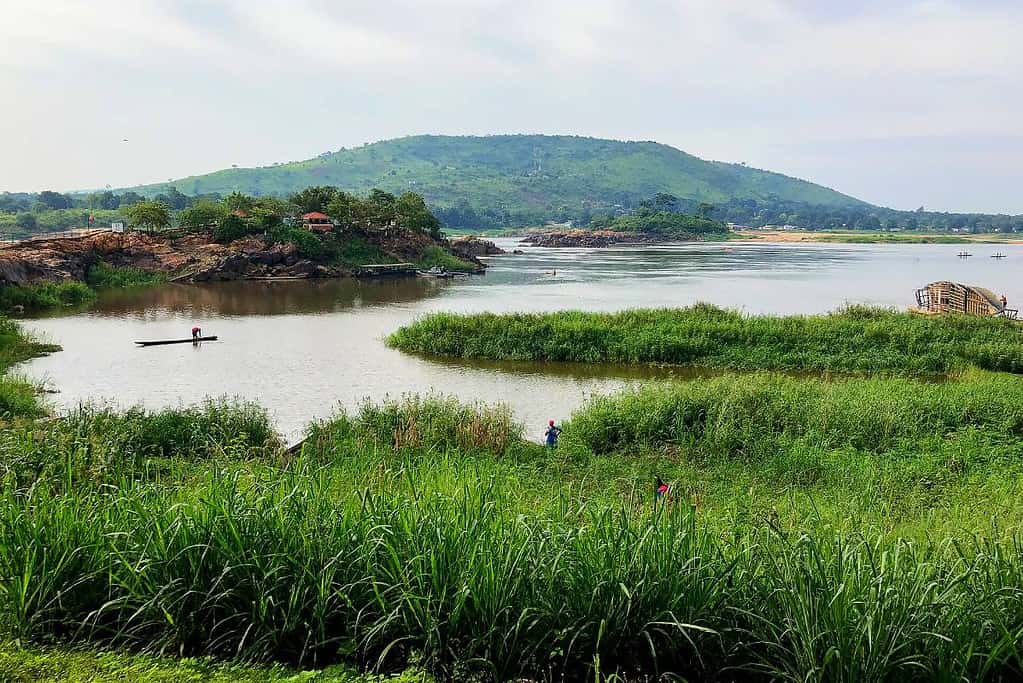
Central African Republic
Visit the Central African Republic, a landlocked country in Central Africa, for a unique adventure and off-the-beaten-path experience. Explore lush rainforests, witness abundant wildlife, and visit cultural heritage sites amidst its tumultuous recent history. The Central African Republic is the world's least visited country.
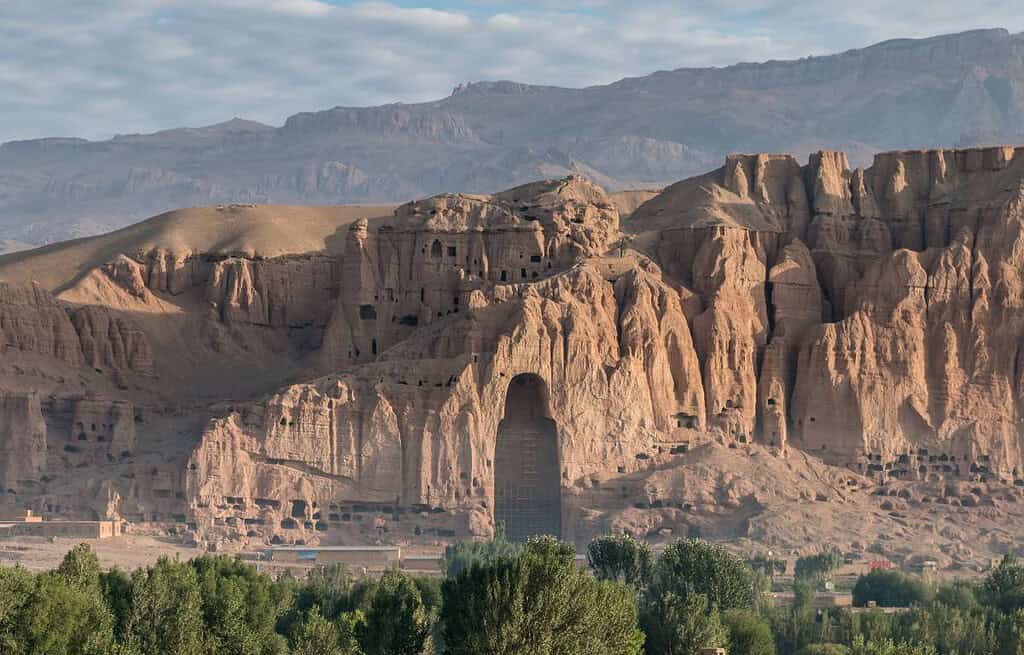
Afghanistan
Visit Afghanistan, known for its rich cultural heritage, stunning landscapes, and hospitable people. Discover the historic cities of Herat and Kabul and the stunning mountains of the Hindu Kush for unique and authentic experiences. Afghanistan is the world's second least visited country.
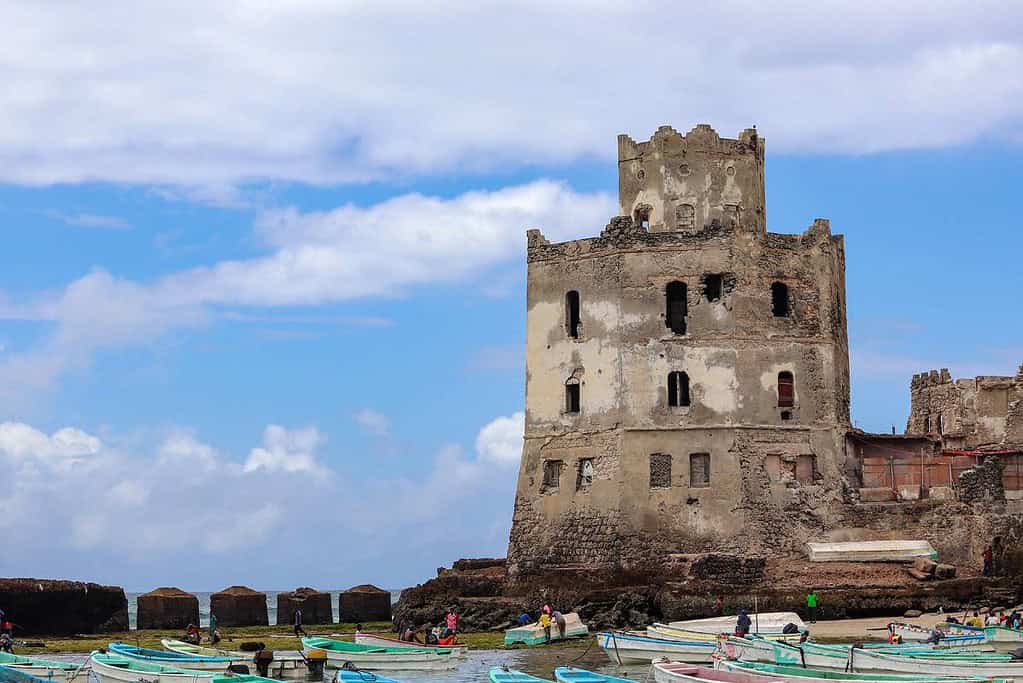
Somalia
Visit Somalia, often associated with instability, for a chance to experience its rich cultural heritage and stunning coastline. From the ancient city of Mogadishu to the scenic beaches of Puntland, Somalia offers a different side of Africa. Somalia is the world's third least visited country.
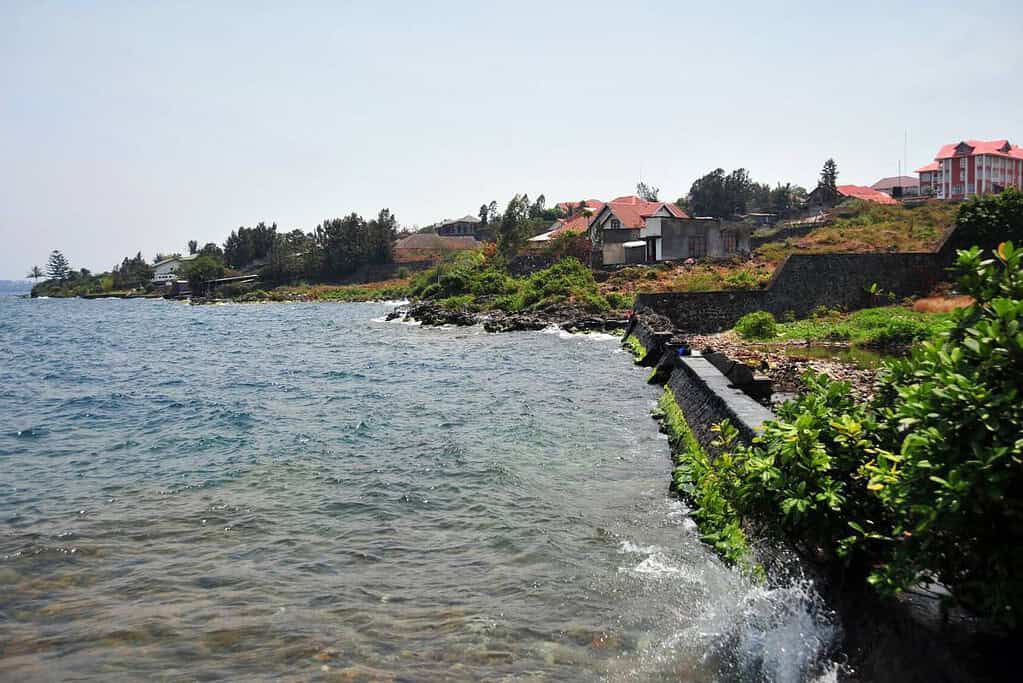
Democratic Republic of the Congo
Visit the Democratic Republic of the Congo, a vast country with incredible natural beauty, for an adventure of a lifetime. Explore gorillas in Virunga National Park and the stunning waterfalls of the Congo River. The Democratic Republic of the Congo is the world's fourth least visited country.
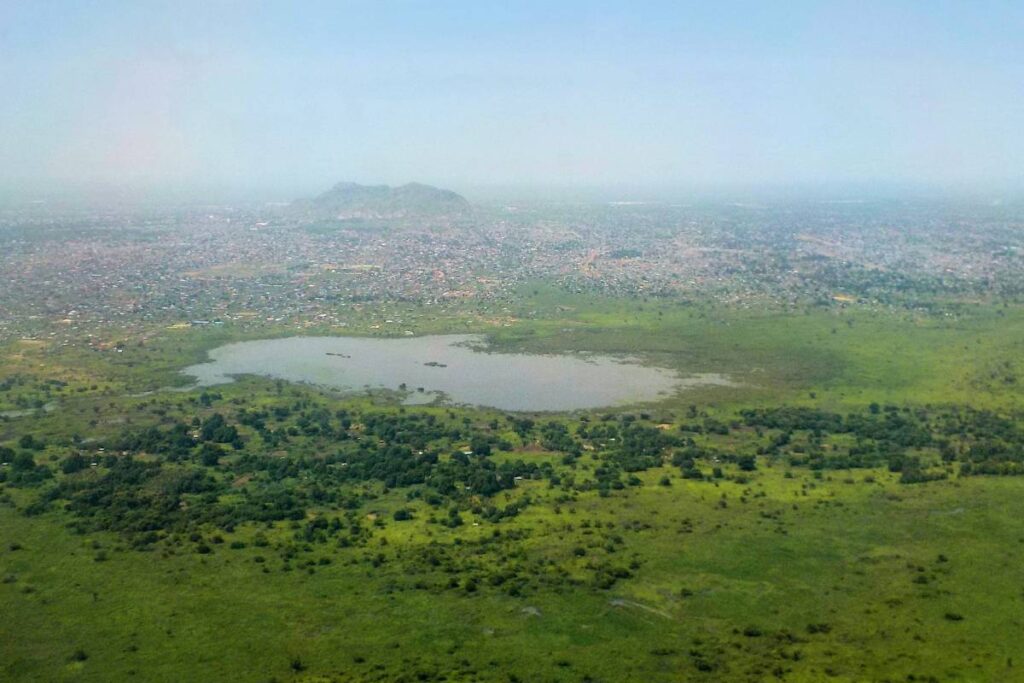
South Sudan
Visit South Sudan, the youngest country in the world, for an authentic cultural experience and adventure. Discover the Nile River and the savannas of Boma National Park for a different perspective of Africa.
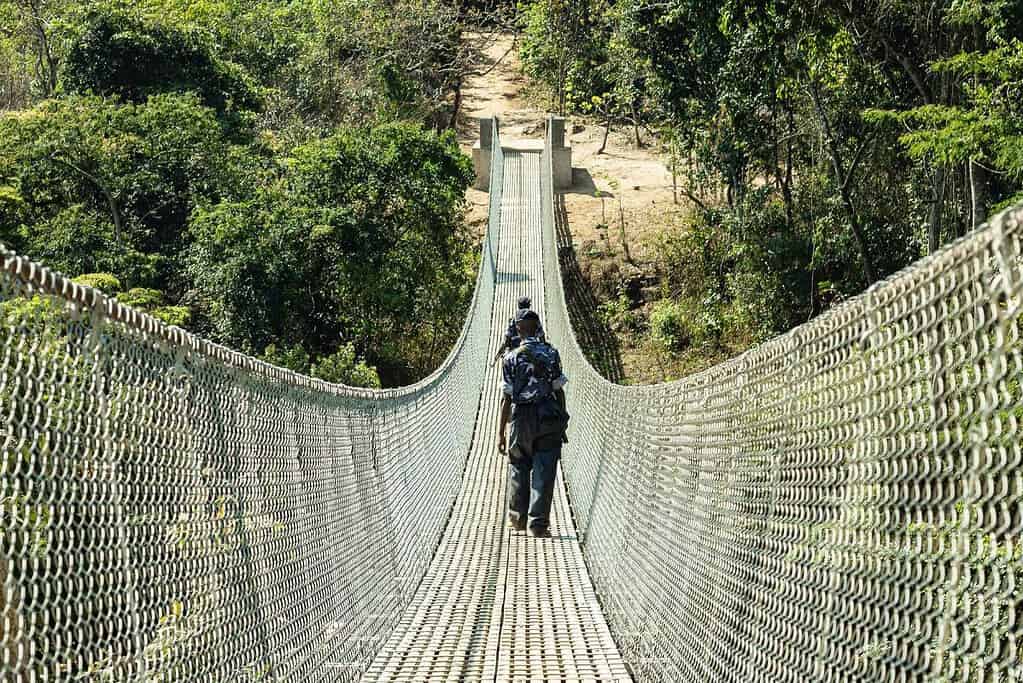
Burundi
Visit Burundi, a small country in the Great Lakes region, for a unique cultural experience. Immerse yourself in a different culture from the rolling hills to the bustling markets of Bujumbura.
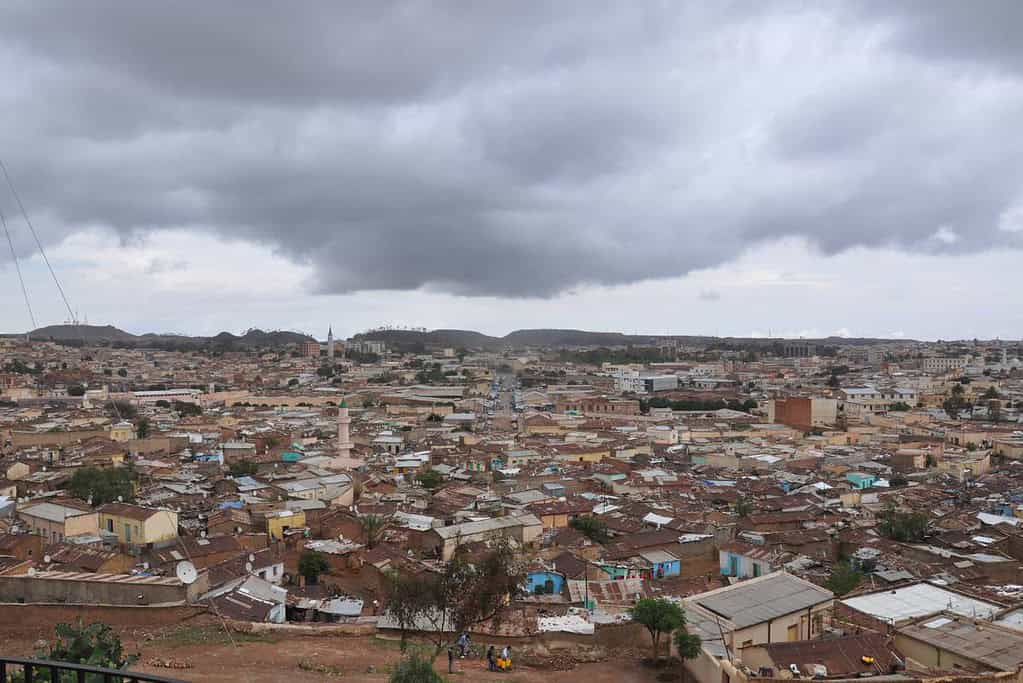
Eritrea
Visit Eritrea, known for its rich cultural heritage and stunning landscapes, for off-the-beaten-path experiences. Explore the historic city of Asmara and the stunning Red Sea coastline.
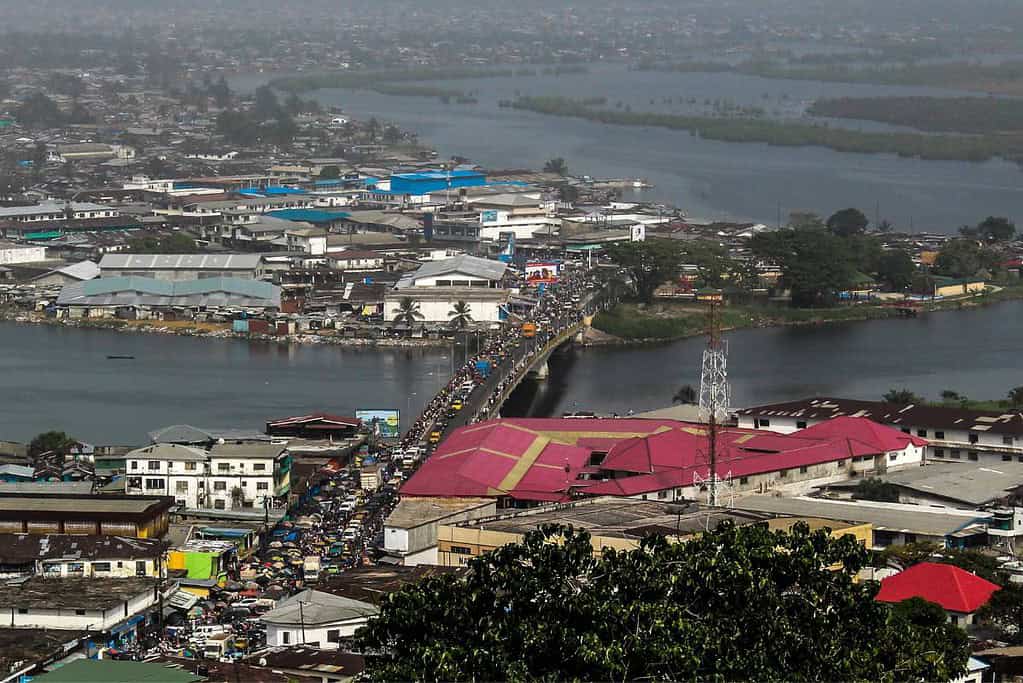
Liberia
Visit Liberia, with its rich history and diverse culture, for unique and authentic experiences. Discover the beaches of Robertsport and the lush rainforests of the interior.
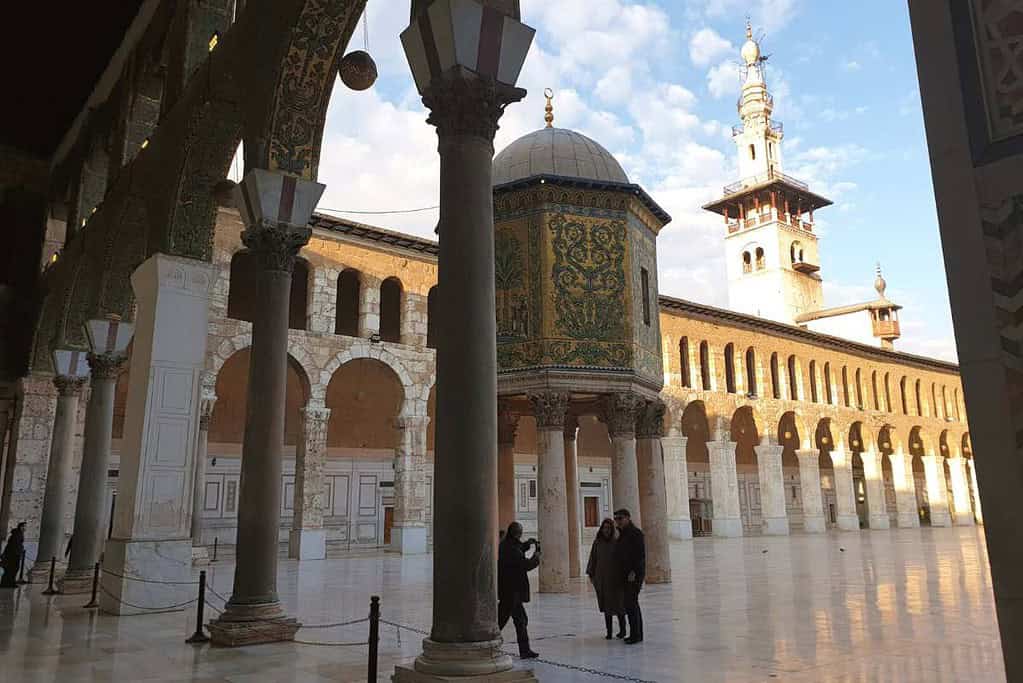
Syria
Visit Syria, rich in cultural heritage and stunning landscapes, for unique experiences. Explore the ancient city of Damascus and the stunning desert landscapes of Palmyra.
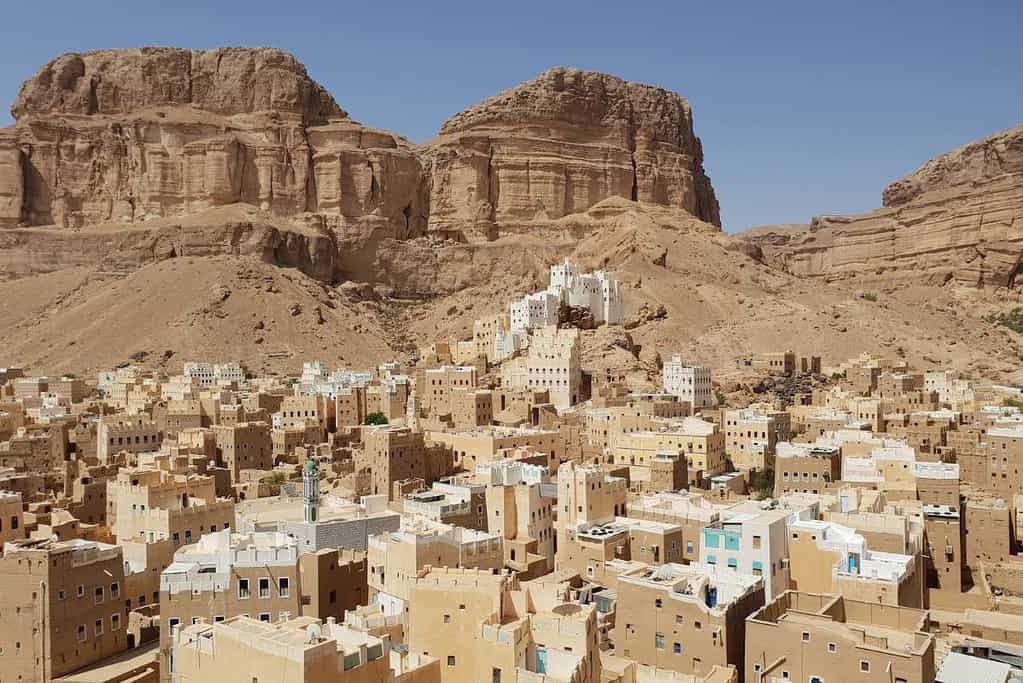
Yemen
Visit Yemen, with its rich history and unique culture, for a unique and authentic experience. Explore the historic city of Tarim, the scenic valley of Wadi Dawan, and the ancient city of Shibam.
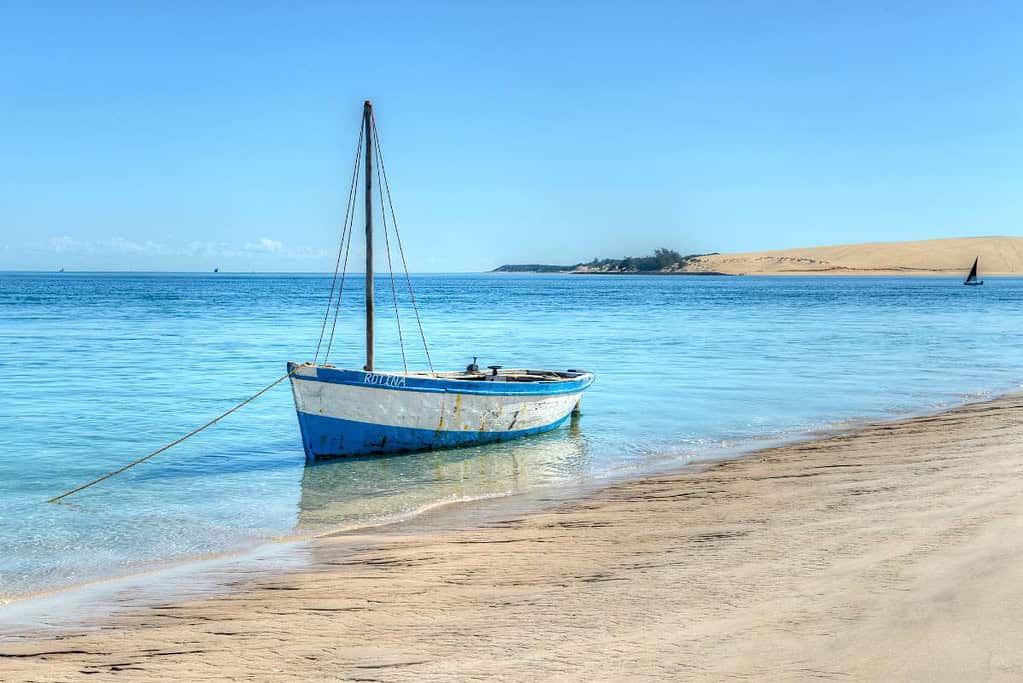
Mozambique
Visit Mozambique, known for its stunning coastline and diverse culture, for beach and adventure opportunities. Explore the tropical beaches of the Bazaruto Archipelago and the lush rainforests of the interior.
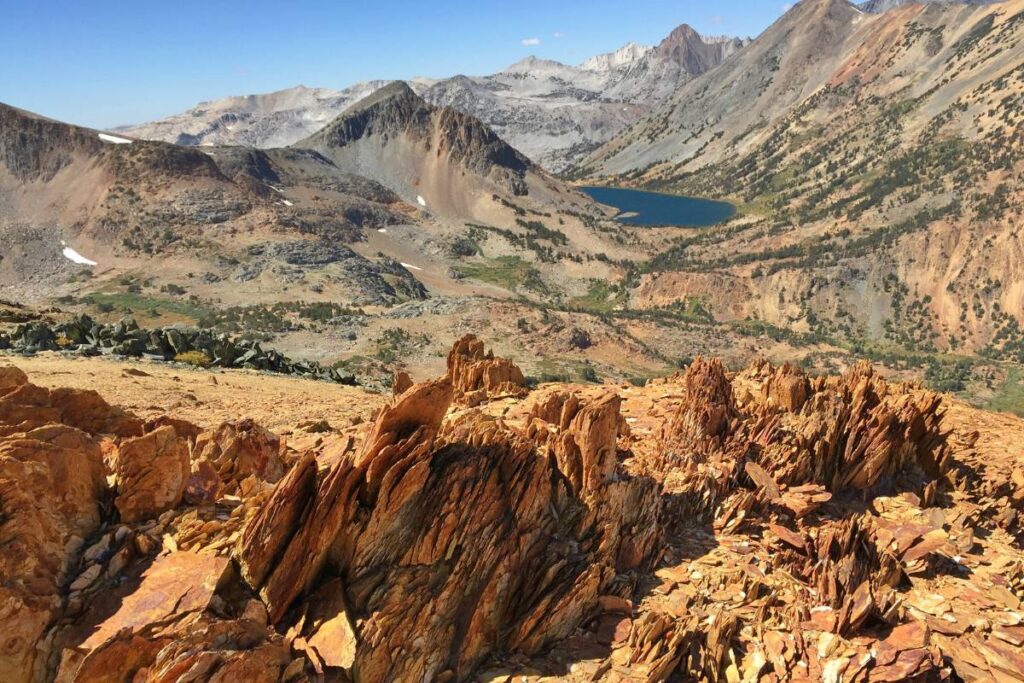
Sierra Leone
Visit Sierra Leone, rich in cultural heritage and stunning landscapes, for unique experiences. Discover the bustling markets of Freetown and the stunning beaches of the Freetown Peninsula.
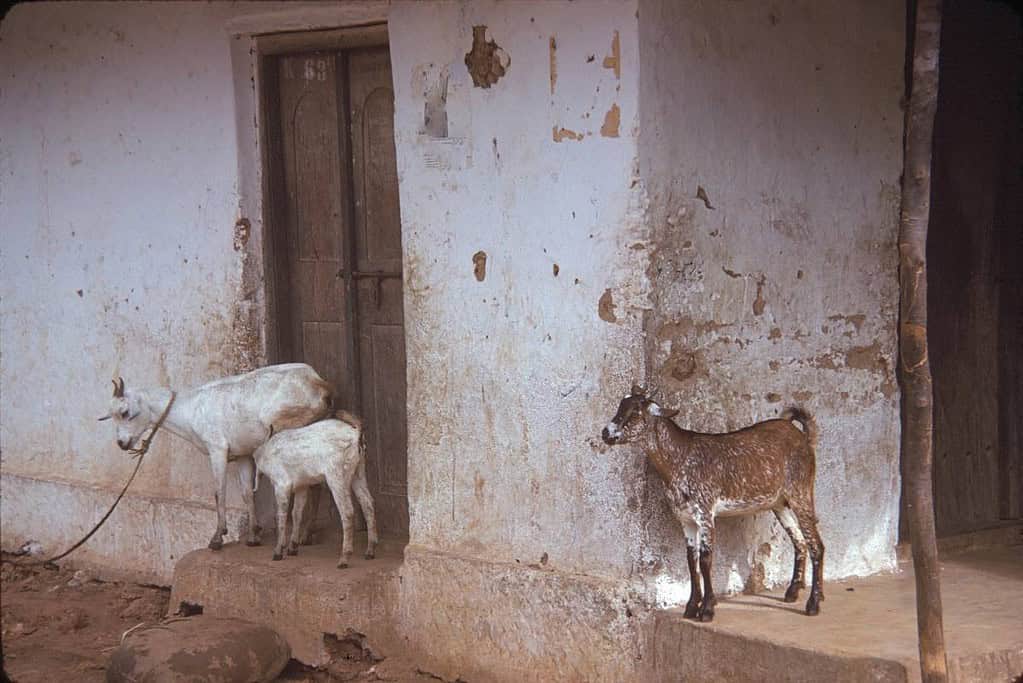
Chad
Visit Chad, located in North-Central Africa, for stunning landscapes and diverse cultures. Venture off the beaten path to explore vast deserts, rolling savannas, and abundant wildlife.
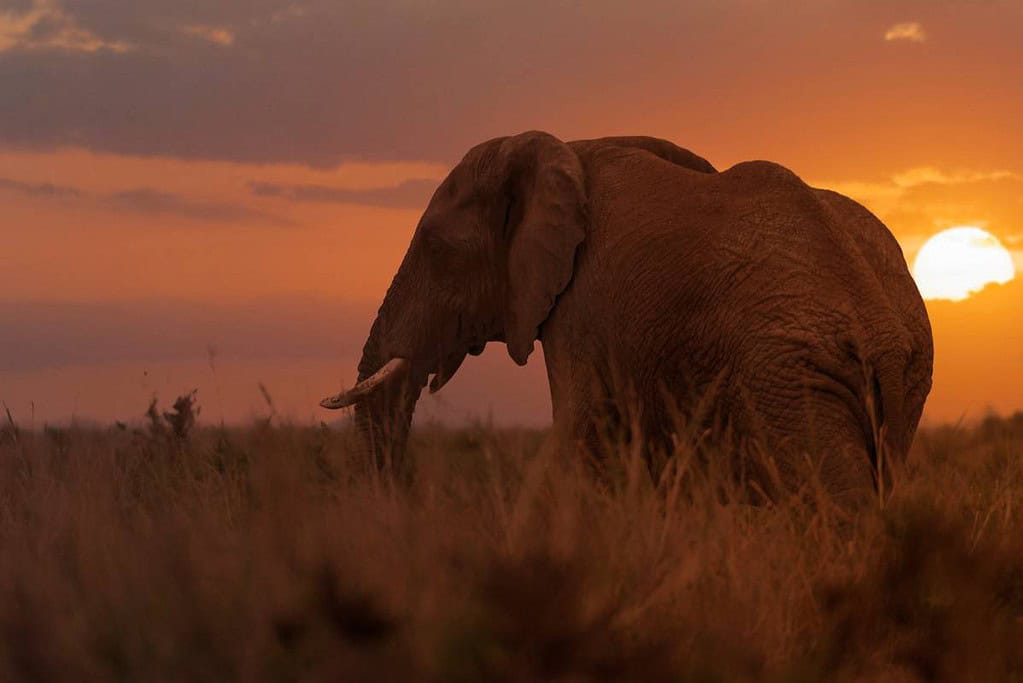
Guinea
Visit Guinea, located in West Africa, for rich cultural heritage and abundant natural beauty. Explore vibrant cities and pristine beaches for an authentic West African experience.
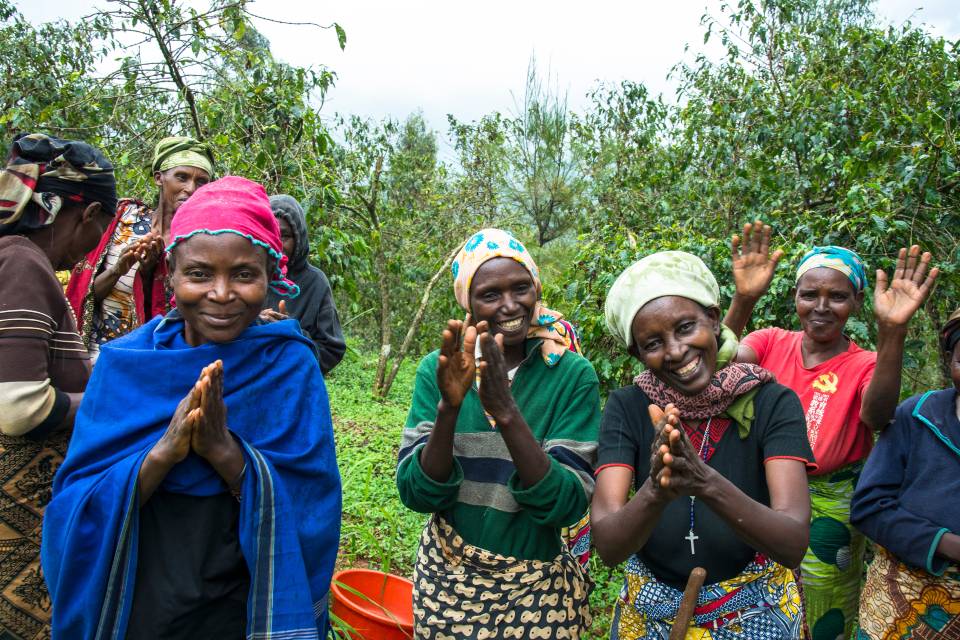
Rwanda
Visit Rwanda, located in East Africa, for a unique adventure and nature experience. Discover lush rainforests and abundant wildlife amidst its stunning landscapes and rich cultural heritage.
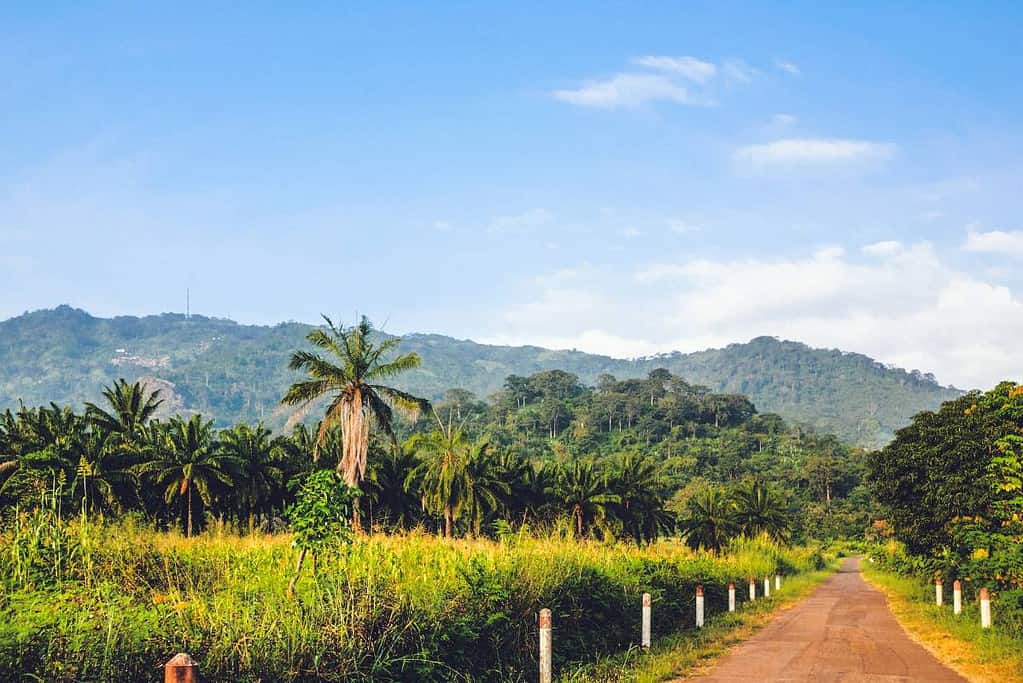
Togo
Visit Togo, located in West Africa, for a hidden gem waiting to be discovered. Enjoy its vibrant cities, pristine beaches, rich cultural heritage, diverse landscapes, and friendly people.
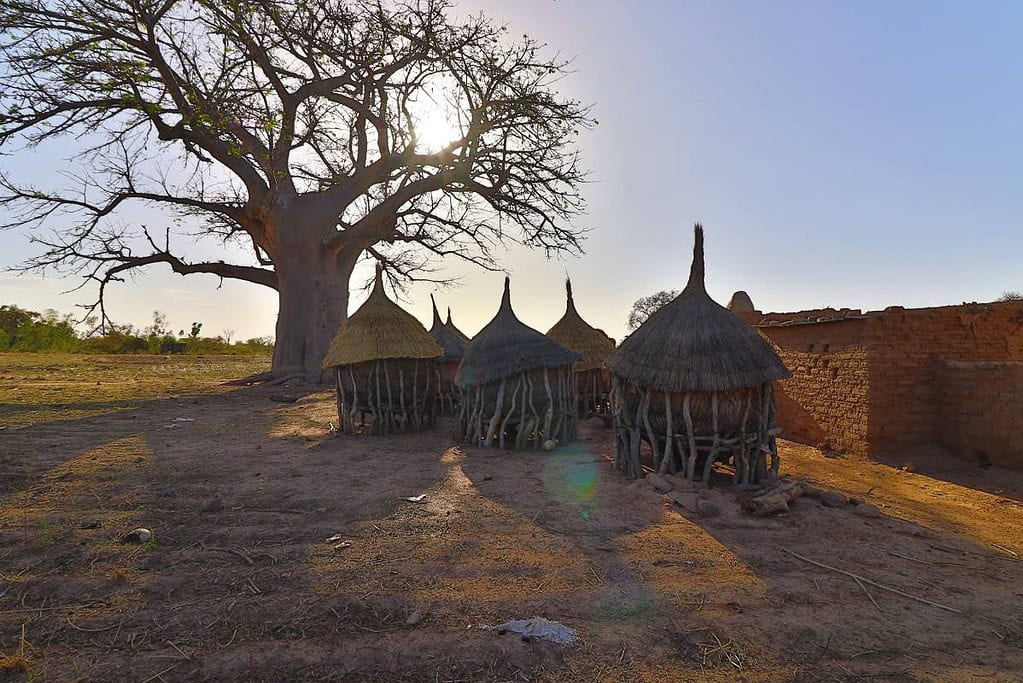
Burkina Faso
Visit Burkina Faso, located in West Africa, for a unique travel experience rich in culture and natural beauty. Explore vibrant markets and stunning landscapes with warm hospitality and diverse cultures.

Malawi
Visit Malawi, known for its stunning landscapes and rich cultural heritage, for a unique adventure and cultural experience. Explore the pristine beaches of Lake Malawi and the rolling hills of Zomba Plateau for a truly authentic African experience.
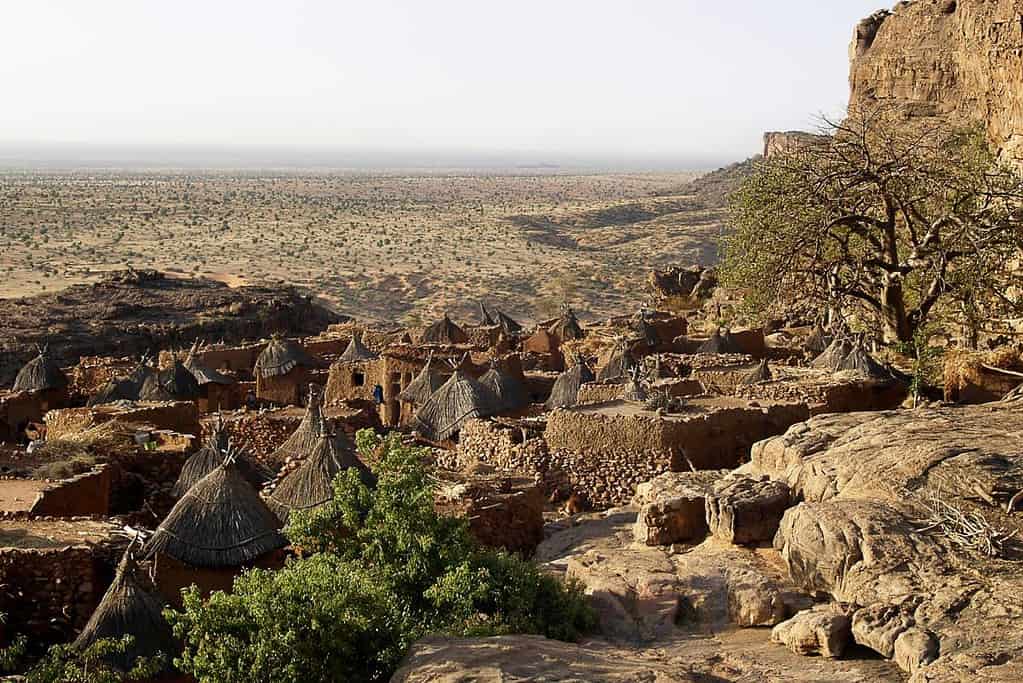
Mali
Visit Mali, located in West Africa, for a unique blend of cultural and natural beauty. Discover the vibrant cities of Bamako and Timbuktu, and the stunning landscapes of Dogon Country for a rich and diverse cultural experience.
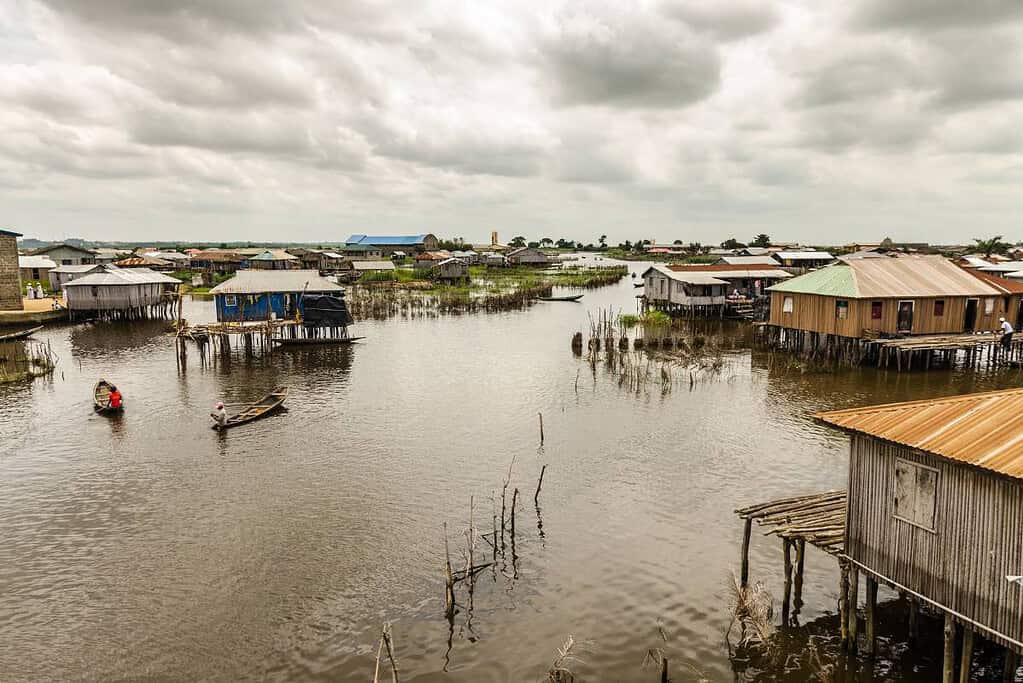
Benin
Visit Benin, located in West Africa, for a hidden gem waiting to be discovered. Immerse yourself in the vibrant cities, rich cultural heritage, diverse landscapes, and friendly people for a truly unique and authentic West African experience.
Travel to the least visited countries
At RJ Travel, we believe in the power of adventure and exploring the unknown. For those seeking to broaden their horizons and experience new cultures, we have a range of tours available to some of the least traveled countries in the world.
From the rugged beauty of Afghanistan to the vibrant communities of Rwanda and Sierra Leone, our tours offer an unparalleled opportunity to immerse yourself in these diverse and fascinating countries.
Whether you’re seeking to uncover ancient ruins in Yemen, explore the natural wonders of Somalia, or witness the resilience of the Syrian people, RJ Travel has the experience and knowledge to make your journey unforgettable. So pack your bags and join us on a journey to the heart of these truly remarkable destinations.
Tours to Least Traveled Countries with RJ Travel
Least Traveled Continents in the World
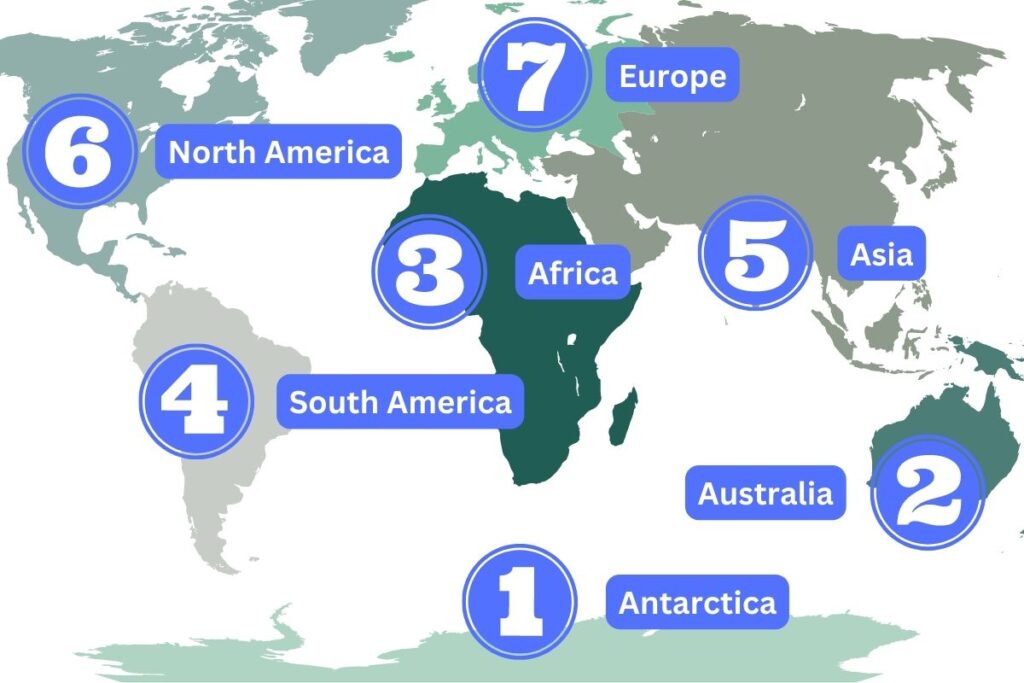
When it comes to continents, the most visited and least visited destinations offer vastly different experiences for travelers. The most visited continent, Europe, sees an annual influx of 720 million visitors, drawn to its rich cultural heritage, stunning architecture, and diverse landscapes. Europe is home to iconic landmarks such as The Colosseum, The Louvre, and The Vatican, making it a must-visit destination for history and culture buffs.
Read more: Least Traveled Continents in the World
Predicting Tourist Trends
It’s difficult to determine the exact 20 least traveled countries in the world due to the lack of comprehensive data, fluctuations in tourism numbers, different definitions of “tourist”, undeveloped tourism infrastructure, and incomplete data reporting.
Not all countries have accurate or complete data on the number of tourists they receive, and the number can fluctuate due to factors such as natural disasters, economic recessions, geopolitical instability, and travel restrictions.
There is no standard definition of a “tourist”, and different countries may define and count them differently. Some countries may have limited tourism infrastructure, making it difficult to accurately track and count the number of visitors.
Additionally, some countries may not report all of their tourism data, leading to undercounts and making it difficult to determine the exact 20 least traveled countries in the world.
Here are 5 reasons why it’s difficult to determine the exact 20 least traveled countries in the world:
- Lack of Data: Inaccurate information from some countries make comparison and ranking difficult.
- Fluctuating Numbers: Tourism numbers fluctuate due to various factors like natural disasters, economic factors, geopolitical instability, and travel restrictions.
- Defining Tourists: No standard definition, leading to discrepancies in data.
- Limited Infrastructure: Some countries have limited infrastructure for tracking tourists.
- Underreported Data: Some countries may not report all tourist data, leading to undercounts.

